This stunning 1972 Sprinter Trueno J is a Toyota Corolla like no other
Certain responsibilities are beyond the scope of what regular folk can handle. When the mission at hand calls for superhuman dedication, saint-like patience, and a healthy dose of obsession, you need That Guy. When Toyota realized it wasn’t in a position to restore a survivor 1972 Sprinter Trueno fastback, it required That Guy‘s services. That Guy, in this case, is Corolla Guy, a.k.a Mike Muniz. And if his dead-nuts accurate, jaw-droppingly perfect restoration of this Perseus Green, Corolla-based JDM coupe is any indication, he was the right guy for the job.
Mike, 51, has owned dozens of TE27 (1972 to 1974) Toyota Corollas. He was born in the Philippines, and their abundance in that country during his teenage years supported his early rallying habit. In the United States, where he has lived since 1988, their relative obscurity was the seed that grew into an enduring appreciation for this humble Japanese compact.
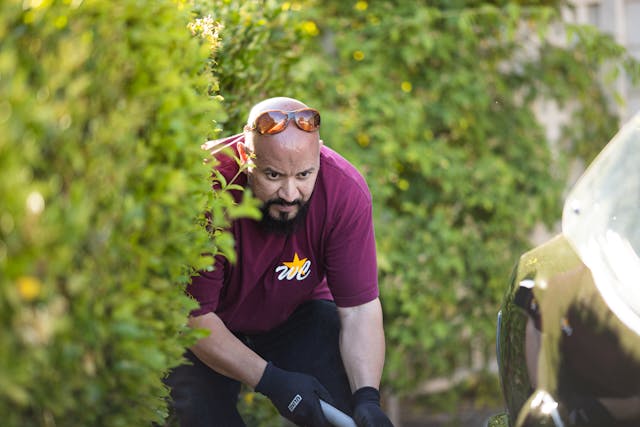
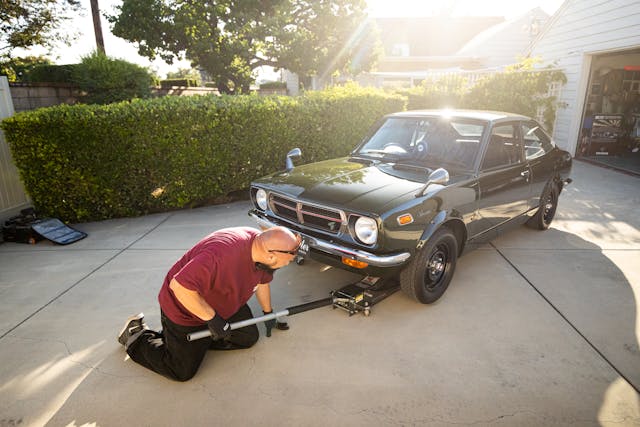
It was a red TE27 that started Mike’s infatuation with the first-generation Corolla. “I was just going home from school, and then I heard this car coming down the hill,” he recalls from when he was 15 years old. “And it was one of these cars. I have been obsessed with them ever since.”
He counts 36 TE27 Corollas that have passed into his ownership, though many were simply soldiers for motorsports that were sacrificed in the war for speed. Choosing the TE27 for rallying in the Philippines was motivated in part by economics. When one was bent too far out of shape to put back on the road, he’d buy another at an affordable price and transfer everything from his wrecked car.
“It was just available. Parts were available. I didn’t really see them as anything special performance-wise, but what I liked was [that] it was a light chassis. And then I love the style of it, it’s so European, the way it looks, it looks like a MGB GT, which was its competition back in the day,” Mike explains.

The rally-crazed teenager was soon turning wrenches at a local Toyota race shop after school, starting with carburetor rebuilds before growing the skills to hand-assemble engines on his own.
After moving to the U.S. in 1988, when he was about 18, Mike transitioned away from brutalizing coupes over long stage rallies. The Corolla obsession was far from over, however, and three decades later he is the proud owner of a diverse TE27 trio. Mike stores them at his Southern California home in a two-car space that he describes as a “three-Corolla garage,” thanks to the cars’ pint-sized dimensions. Fittingly, there’s even red one that he built over the past three decades into a bang-on recreation of a period rally car. The second, a traffic-cone-orange canyon-carver, is designed to blast down any mountain road with confidence and agility.
It’s the third family member that really stands apart as a profound, pristine example of the TE27’s working-class motorsports legacy. Not unlike the factory-lightened 1967–72 Olds 442 W-30, Mike’s 1972 Corolla Sprinter Trueno J offered Toyota buyers the maximum possible performance and reduced weight. The Sprinter Trueno was Toyota’s higher-end trim level for the Corolla, stacked above the lower-cost Levin. While the two trims were based on the exact same car, they were branded and sold essentially as two separate models and in different Japanese showrooms—something like the relationship between the GMC Yukon and Chevy Tahoe, as Mike puts it. What makes his Sprinter Trueno truly special, however, is the unique “J” badge on the decklid, indicating that this modest-appearing sports coupe is one of Toyota’s rarest machines.
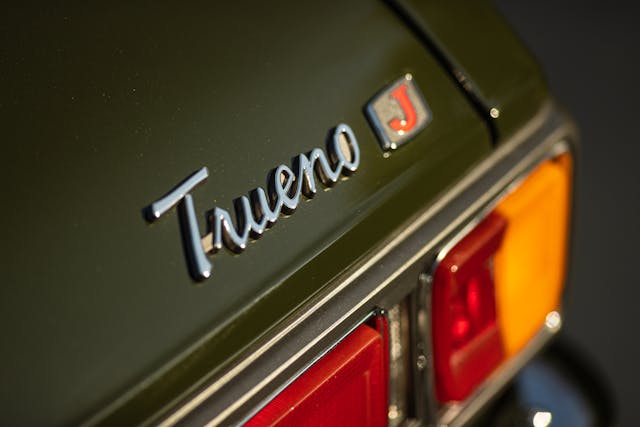
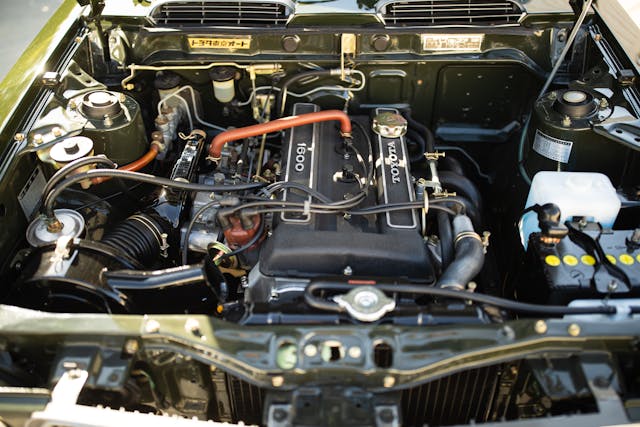
“The [total production] numbers on this are unclear,” Mike says, “but [Toyota] came up with a J-badge model. It’s the lighter model, so it’s considered the ‘Junior.’ It had no radio, no air conditioning, and came with a limited-slip differential and a stiffer, lower suspension. It was the racier, sportier model.”
Toyota squeezed at least 110 hp out of the 1600cc four-cylinder 2T-G engine, thanks in large part to its Yamaha-blessed, dual-overhead-cam cylinder head. Five Sprinter Trueno Js are known to still exist, according to Mike, and most are in various states of disrepair in Japan. That possibly makes his the only known running and driving example on the planet. These J-badged Sprinter Truenos are especially elusive because Toyota only sold them for a few months, between March and July of 1972.
Documentation from this era is murky, but Mike and his contacts at Toyota believe that the J model was an attempt at the foundation for a homologation race car. Should Toyota have wanted to take the TE27 racing, the Sprinter Trueno J served to meet the necessary production volume requirement.

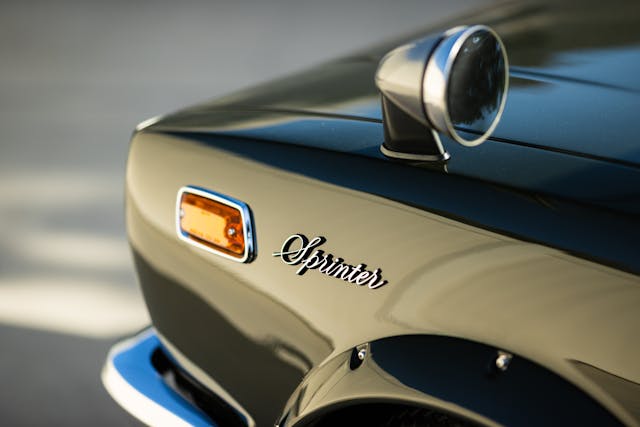
How did Corolla Guy come across this holy-grail Corolla? Over the years, through his own personal research and parts hunting, Mike had built up a relationship with many people in the Toyota world, including some of the staff at a Toyota museum. (One contact even operated something of a TE27 wishlist for Mike, scouring Japan for rare NOS components and what few original parts still exist for these increasingly uncommon Corollas.) This particular Sprinter Trueno J landed in Toyota’s lap by way of the original owner’s son, who had inherited the car after his father’s passing. The man had never witnessed it run, let alone seen it in one piece. Originally purchased in the Kanagawa prefecture of Japan, the TE27 was only driven for a handful of years before the owner, for reasons unclear, parked it. Mike suspects that it was torn down for paint, with parts getting boxed up as they were removed. “He eventually got married, had five kids, and then the car just kinda sat there until he passed away,” relates Mike. “The son who inherited the car knew that it was special to his dad, and he was the one who reached out to the museum.”
Because of the scale of the work the car required, Toyota had to pass on what would have been a budget-draining project. One of these secret contacts called up the only person die-hard enough to restore it accurately: Corolla Guy.
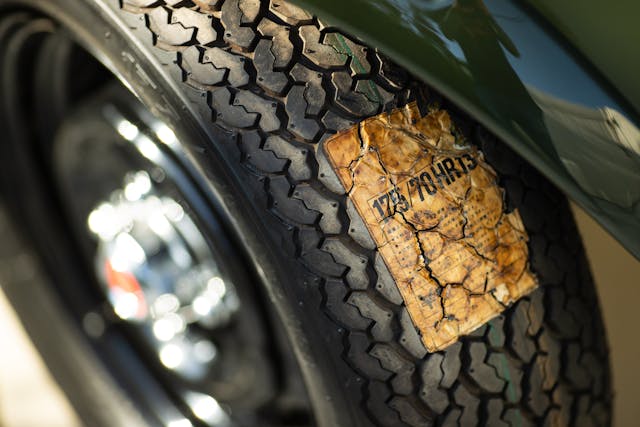
Thankfully, Muniz had a lot of help with what was surely the most involved project he’d ever attempted. “I was going to actually not buy the car ’cause if it was that rare, I was afraid I was not gonna be able to restore it,” he admits. “And then I got support from the other classic Toyota people in Japan to help me source parts, and some of the parts that are actually on the car are NOS parts that were found by some of the museum staff.”
The Sprinter Trueno J had sat under a carport for decades, basically falling apart. Soon, replacement parts for everything that had been destroyed came out of long-forgotten closets and the darkest swap-meet depths of Japan. TE27 collectors were donating all sorts of items—the usual interior panels and the like—but when sealed set of factory Bridgestone tires arrived, it set this restoration over the top. Somehow, the period-correct 1972-built set of tires had been stored since new, nearly a half-century, in vacuum-sealed bags. When Mike took delivery of them, the original stickers were still on the tread. Recognizing their immense rarity, he only mounts the tires on suitable occasions, before deflating and repackaging them for safe keeping.
Many of the cosmetic parts for his Sprinter Trueno J are NOS, but the heart and soul of the car lie with the car’s original equipment. Mike was able to save the 2T-G’s rusty bores without having to hog them out to remove corrosion, allowing him to retain the engine’s original displacement. Even the hardware under the hood that was lost or corroded over time was replaced by factory-correct pieces, with Mike going so far as to match the individual cadmium or zinc coatings for each nut and bolt by inspecting the unexposed portions of the hardware for the original coating. This automotive archeological dig was necessary, as there was no reference material like you’d find with a dime-a-dozen pony car. The transmission and rear end were rebuilt, along with the rest of the chassis, to bring it back to showroom condition.
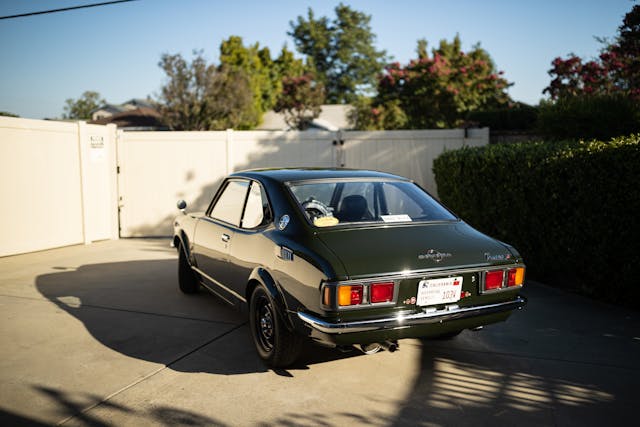
This was a car from the 1970s, so showroom condition didn’t necessarily mean perfect. One of the pitfalls of a restoration like this is that a car can become “over restored” if it’s made nicer than the factory could have achieved. We’ve seen it all: Paint that’s been cut and buffed for longer than it took the assembly line to slam the whole car together, panel gaps that are much too perfect, the exhaustive list of small touches that are disgustingly too nice to match the quality of mass production in the car’s era. For Mike’s Sprinter Trueno J restoration, he became wary of avoiding such an outcome as he began researching the paintwork.
To get the finish correct, he had to identify the original paint codes and processes used, leading him once again to his Toyota contacts in Japan. In these email exchanges, Mike got in touch with the ultimate TE27 paint guru out of sheer coincidence. One of the original painters from Toyota’s factory happened to be in Southern California for a Disney Land vacation and offered to respray the car, one that he very well could have originally laid paint on four decades before. In Mike’s mind, this painter’s memory held cherished secrets:
“He said when the car was built, it was a huge factory, so the frame and engine compartment were painted at one end of the factory and then everything was assembled, and then by the time they assembled the doors, fenders, hood, and the trunk, [all] that was painted at the other end of the factory.” This historical detail indicated that the paint was sprayed under different conditions, from the ambient air to the painter’s exact sprayer settings that day. “The engine bay and the floor pan, under the carpet, came out to be a yellow-ish type of green green instead of a darker green,” Mike explains.
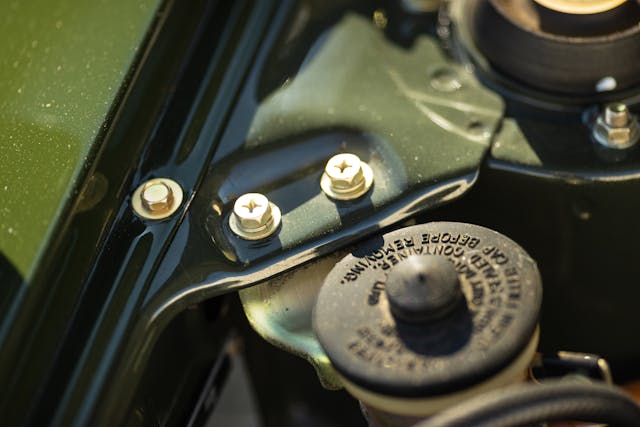
While they couldn’t recreate the exact conditions that resulted in this slight mismatch, the retired Toyota painter mixed in a slight yellow tint before spraying the shell. Another subtle touch: Mike and his Toyota paint guru recreated a defect in the original fender stamping, going so far as to do a period-correct “dealership repair” on the panel, echoing the type of sheet-metal glitch fix a dealership would have had to contemplate before selling the cars. All these details are akin to the mock grease marks and intentional overspray that can be seen in concours restorations of domestic muscle cars and classics—a way of rebuilding the evidence of authenticity that may have deteriorated over time.
The restoration took about six years to complete, taking place between 2011 and 2017. The finished car’s appearance in the classic Toyota and import scene has been met by shock, awe, and many jaws hitting the floor. A slew of awards followed. A first for Mike, too, are the requests he is getting to show the car in private collections (it’s currently on loan overseas to a sheikh). Even with all this attention, he stands by his staunch refusal to sell the one-of-a-kind Corolla, recognizing that the duties to preserve such unique blips in automotive history are a life’s work. When the natural time comes for Mike to pass the world’s rarest TE27 on, it will enter one of Toyota’s museums under permanent stewardship.
More than just saving a piece of Toyota’s legacy, Mike’s Sprinter Trueno J is something so different compared to yet another Porsche 911, Dodge Charger, or even a Fairlady Z or Skyline. Desirability for lesser-known Japanese classics has always been a complicated subject here in the United States. Some of the legendary poster cars had their moments, yes, but one could argue that even a Chevy Chevette has more street cred in Main Street America than this ultra-rare Corolla. Mike’s theory is that films like The Fast and The Furious did more harm than good, with Hollywood’s caricature of Japanese car culture poisoning the notion that these cars deserved a seat at the table with more traditional American and European classics.
“It made the Japanese tuning or building cars almost look like a joke,” Mike contends. “Like it’s just cars with a bunch of electronics and video games inside, putting on nitrous oxide and all that. There was really nothing that proved that a Japanese car could be restored to the level of a concours restoration.”
As collectors increasing look past auction headliners that honor more of the usual suspects, restorations like Mike’s become vital footholds in preserving unsung automotive history. A unique car like this, restored with such diligence and respect, will be a defining point of reference for generations to come.

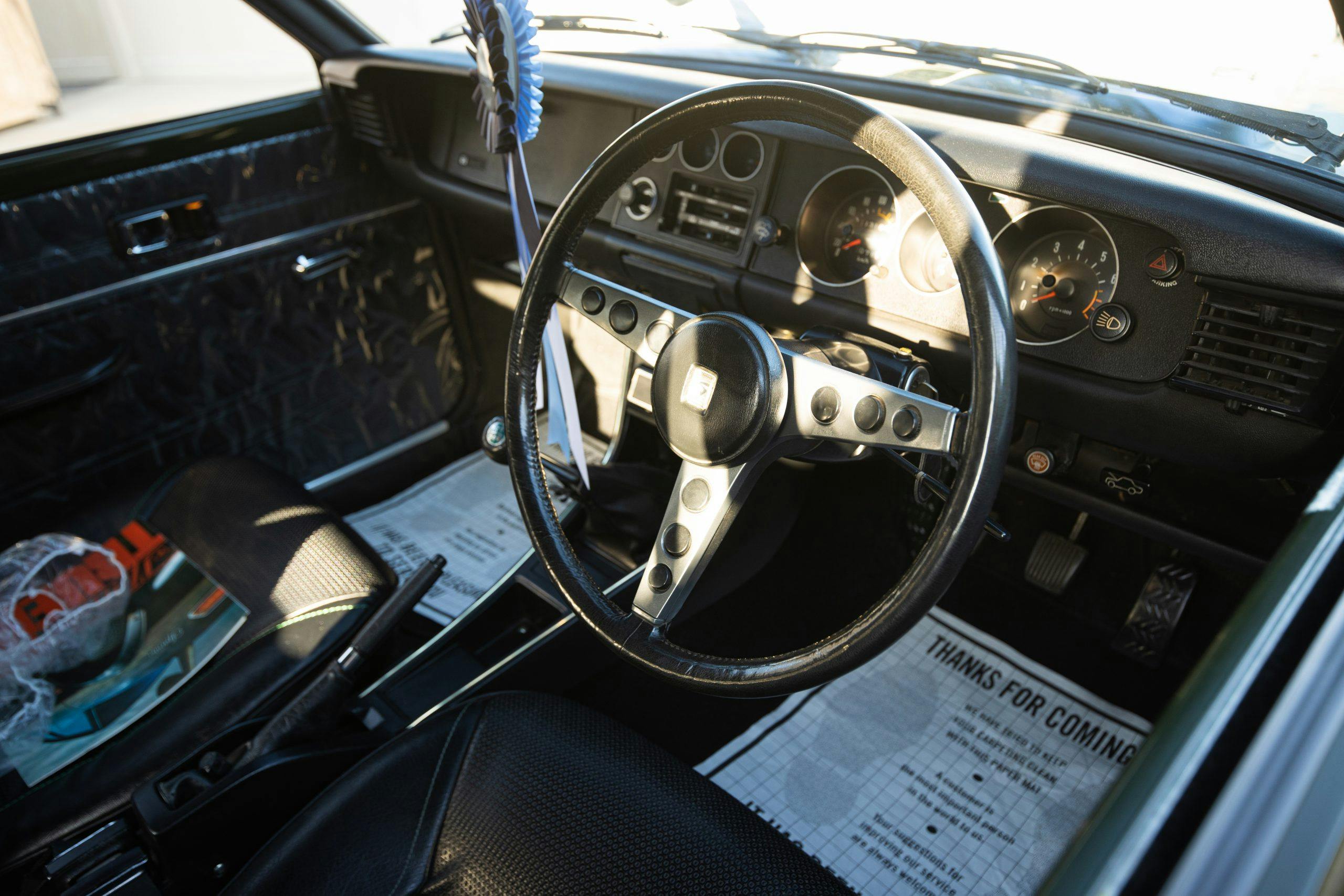

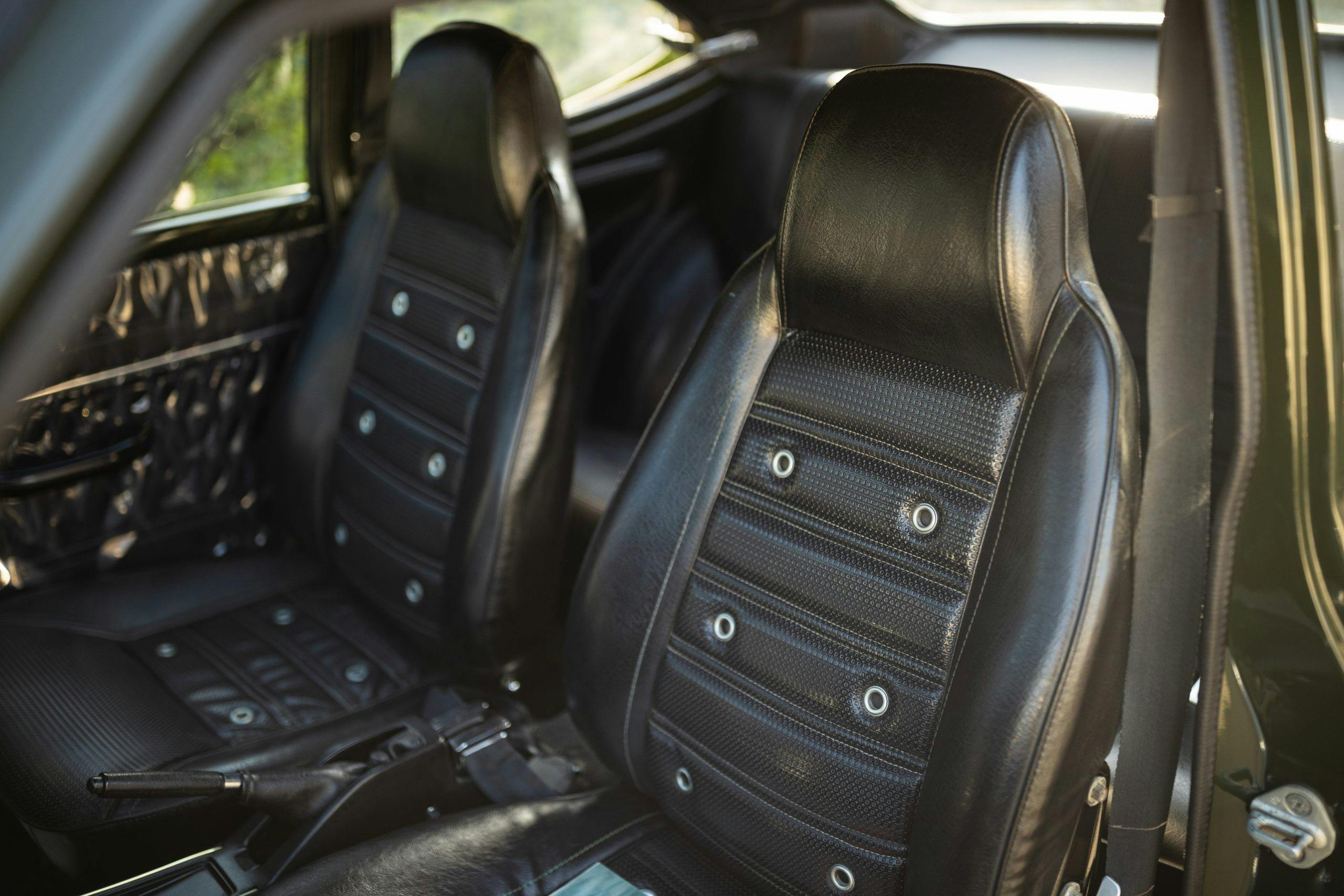
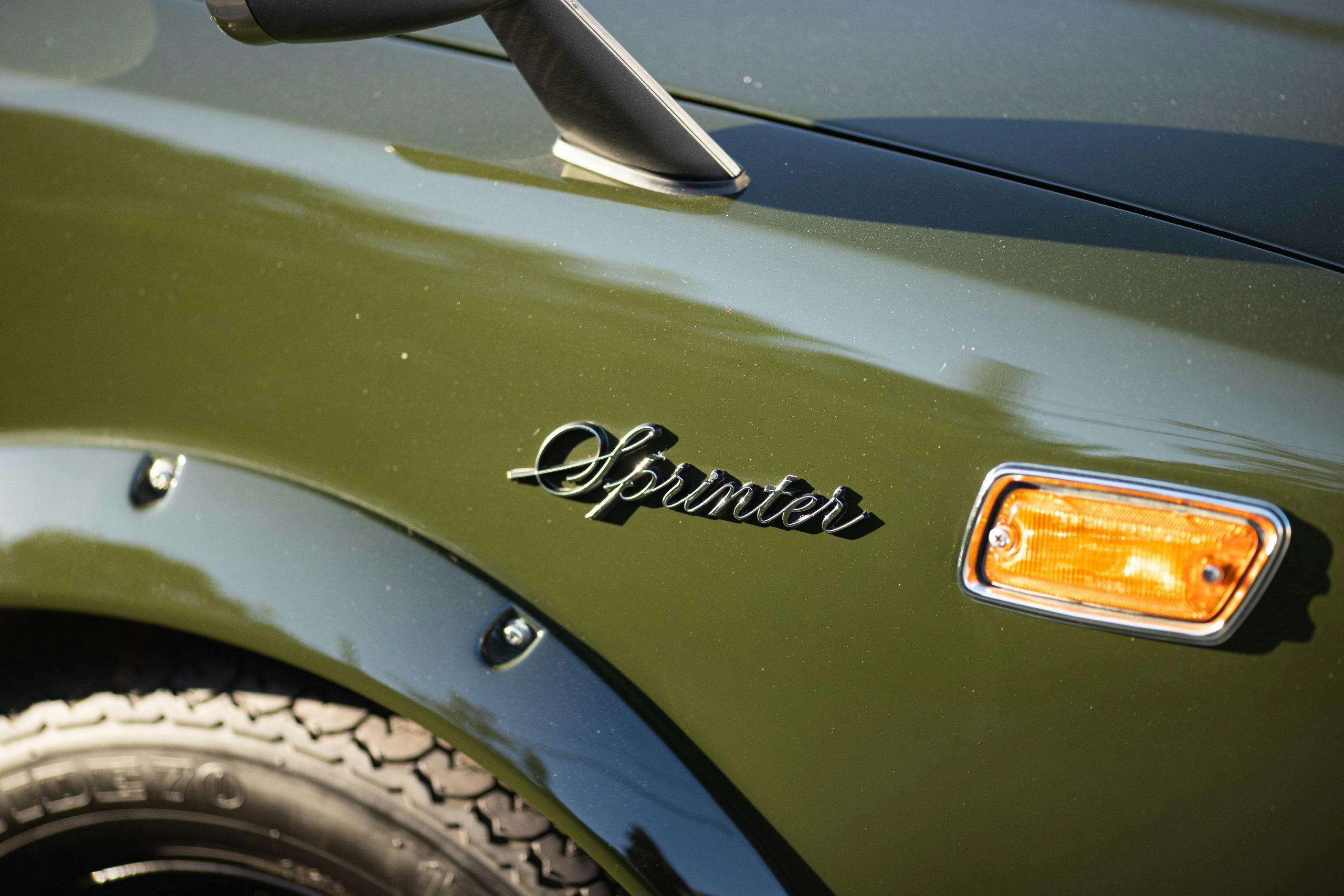

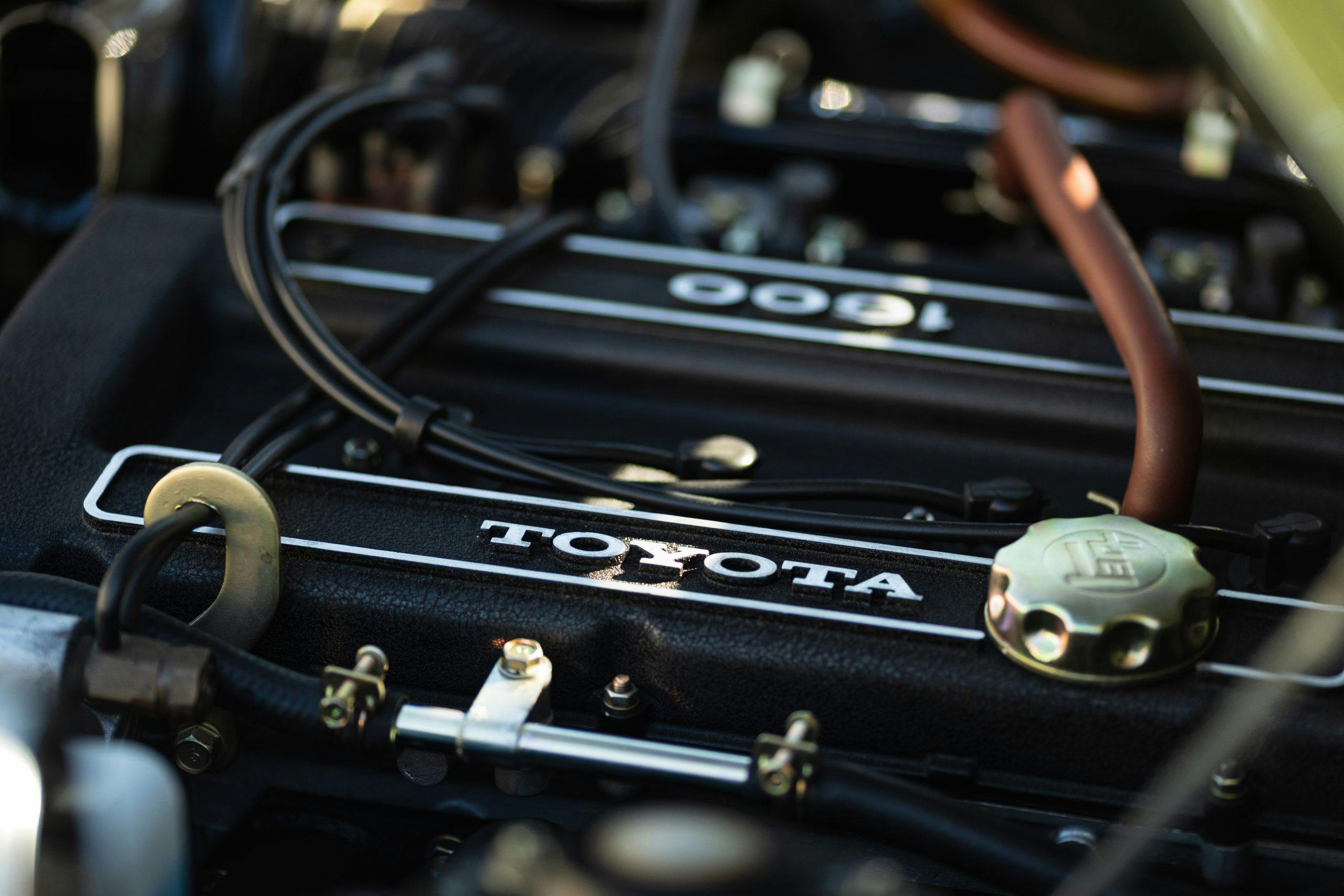
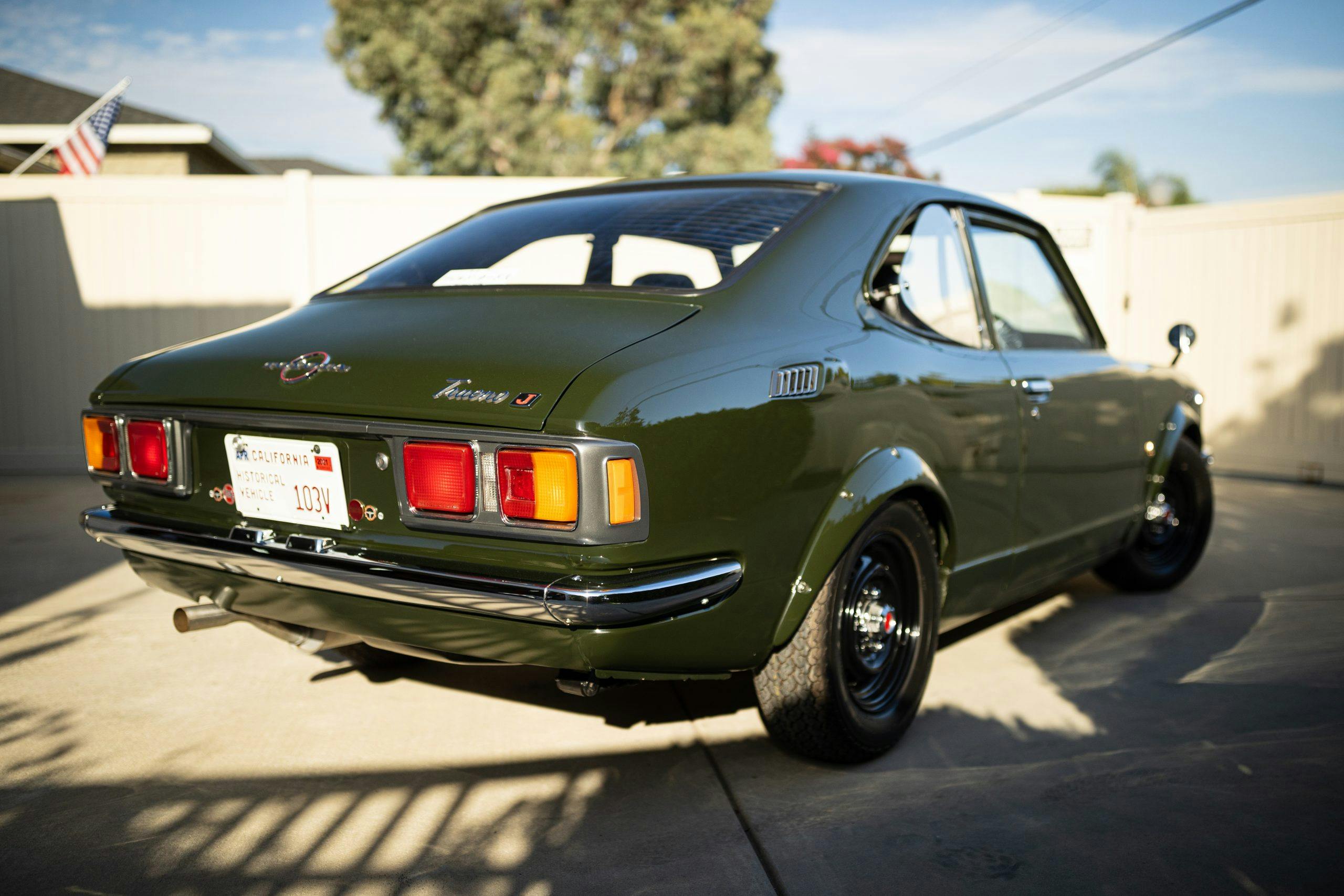

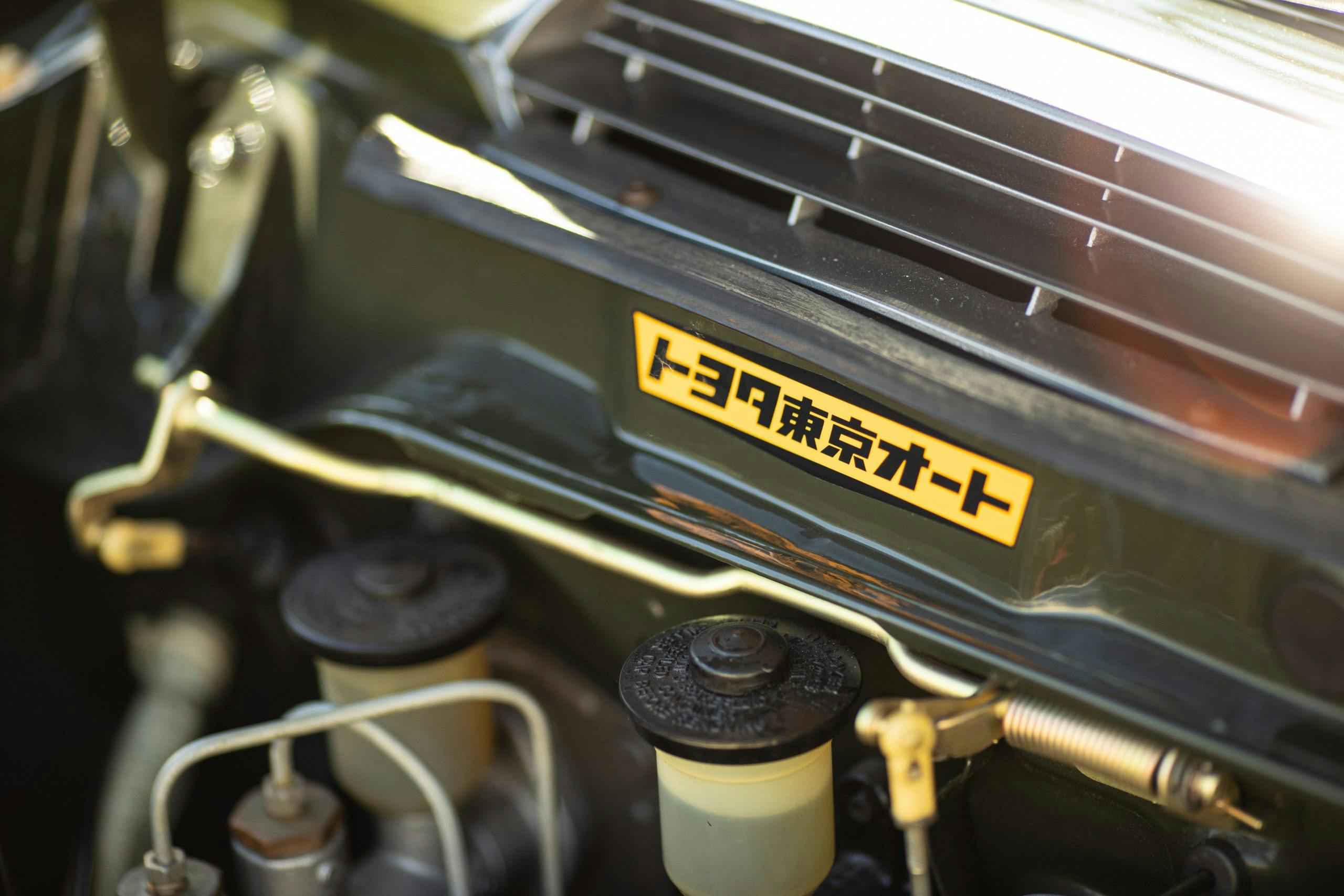


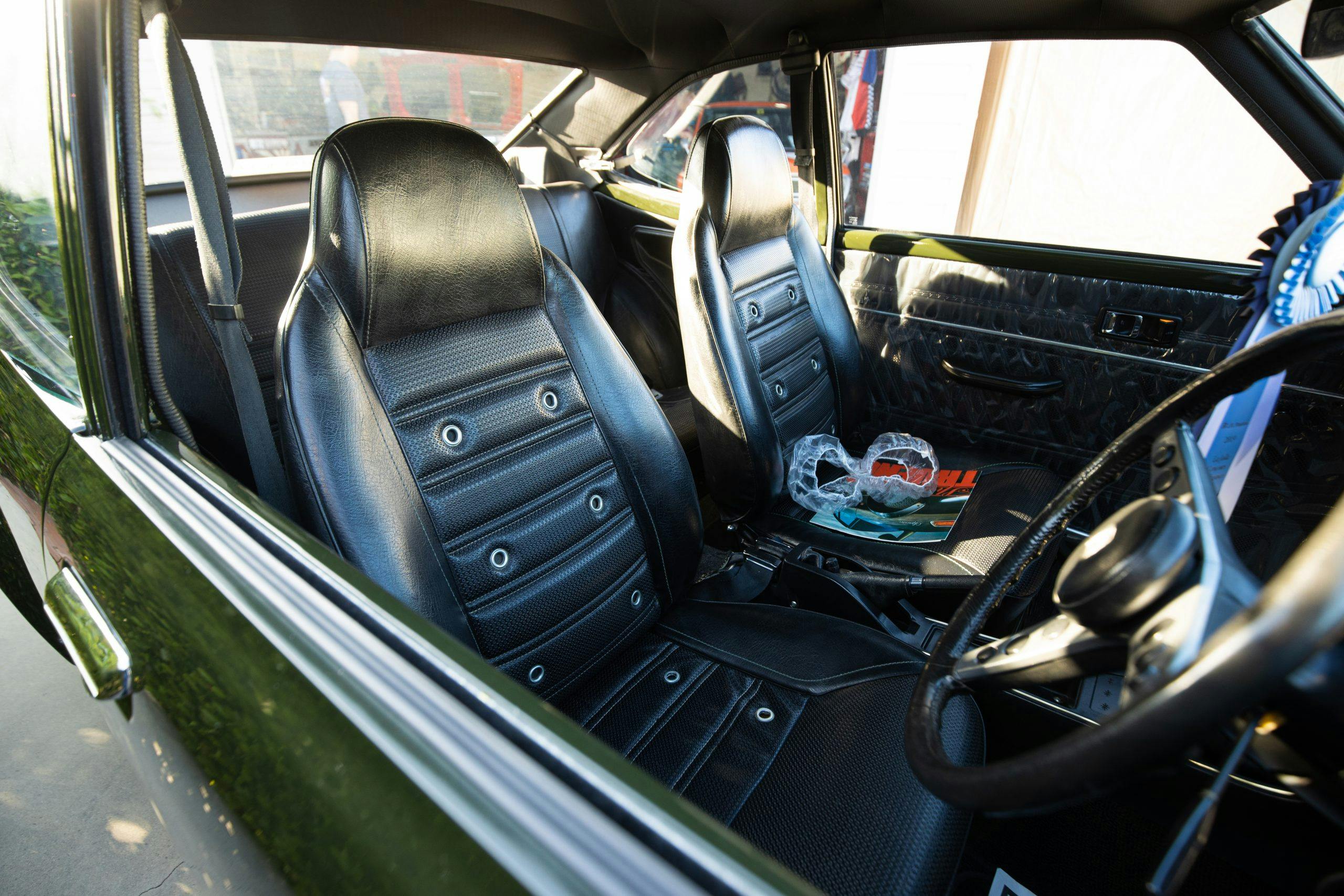
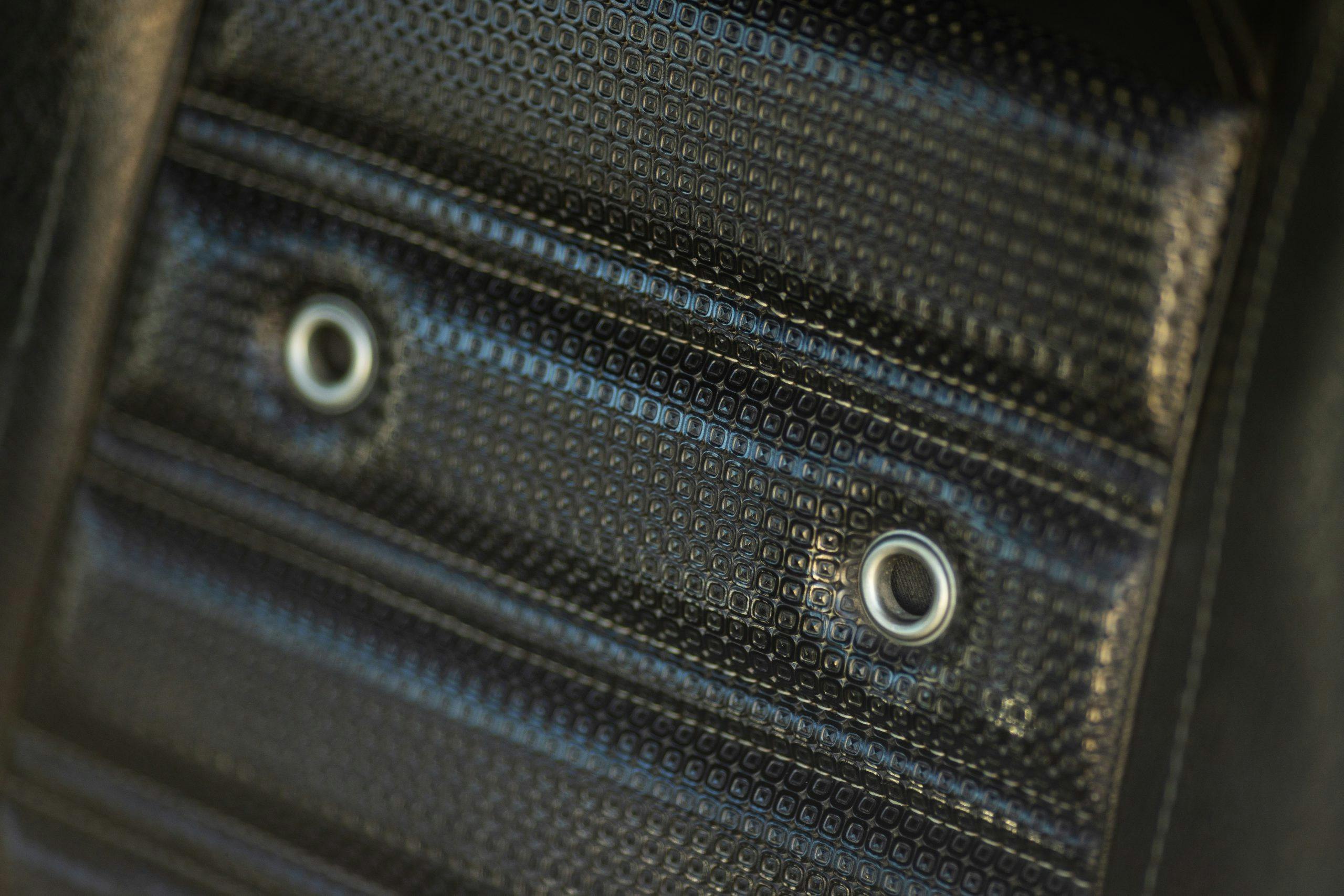
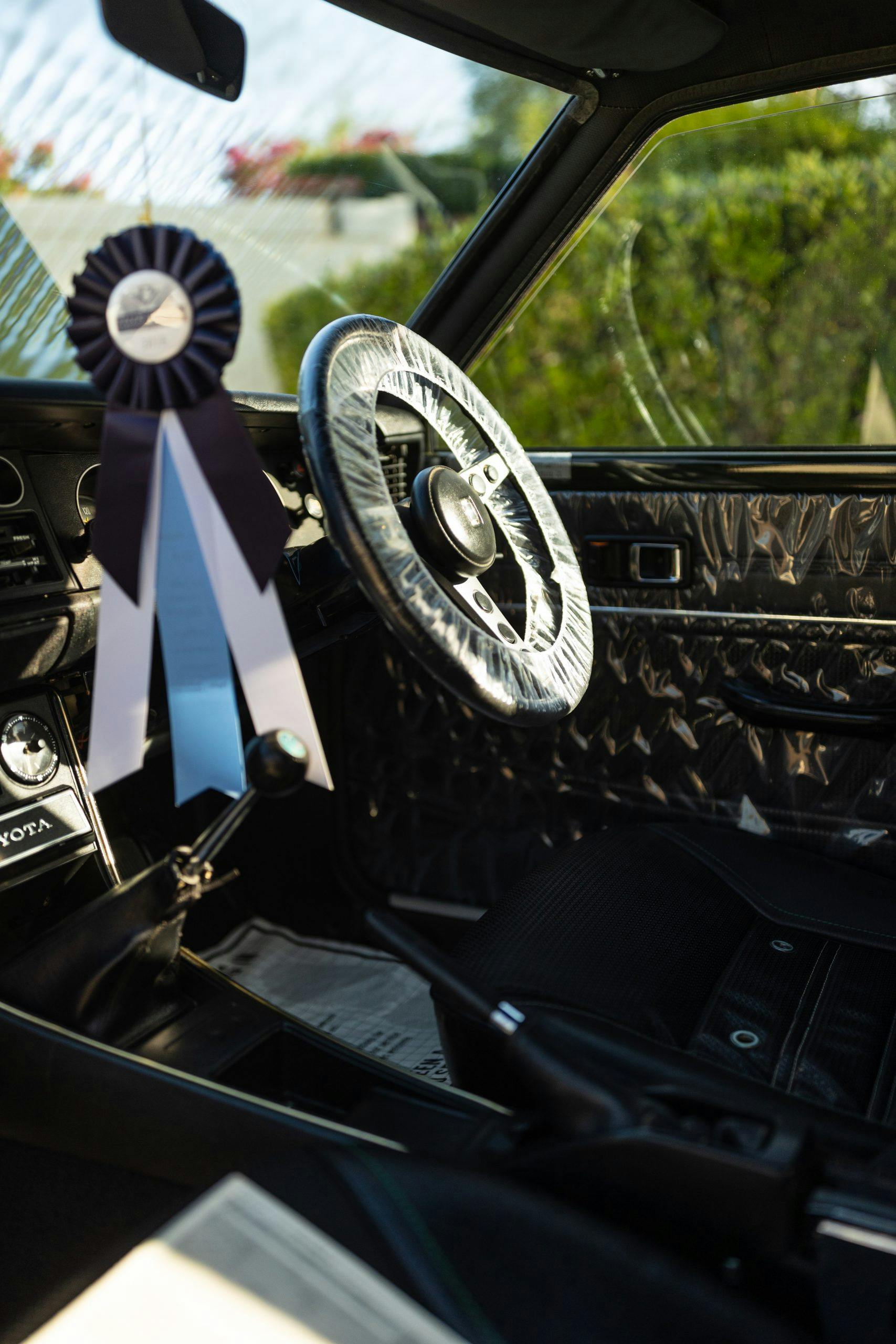
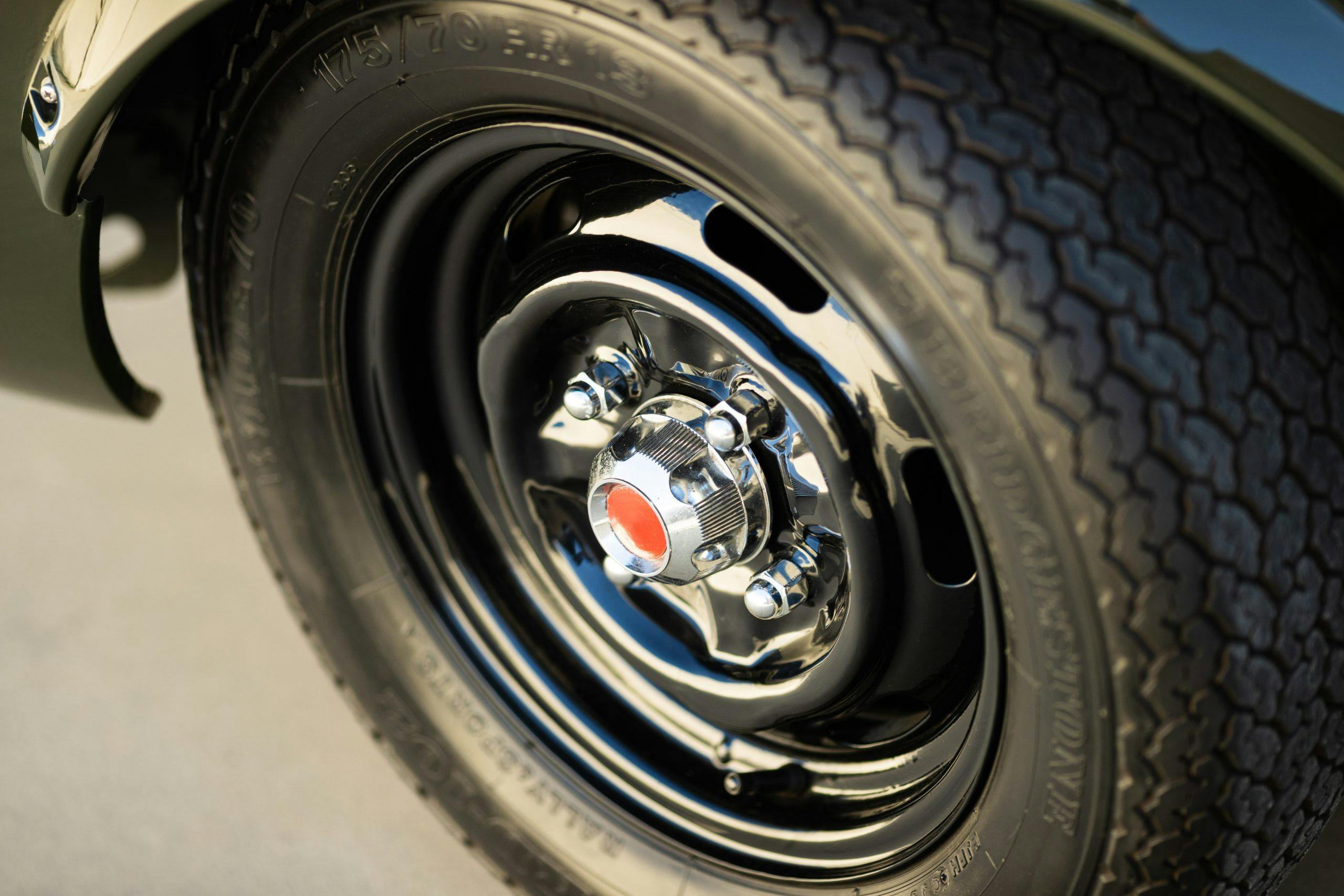
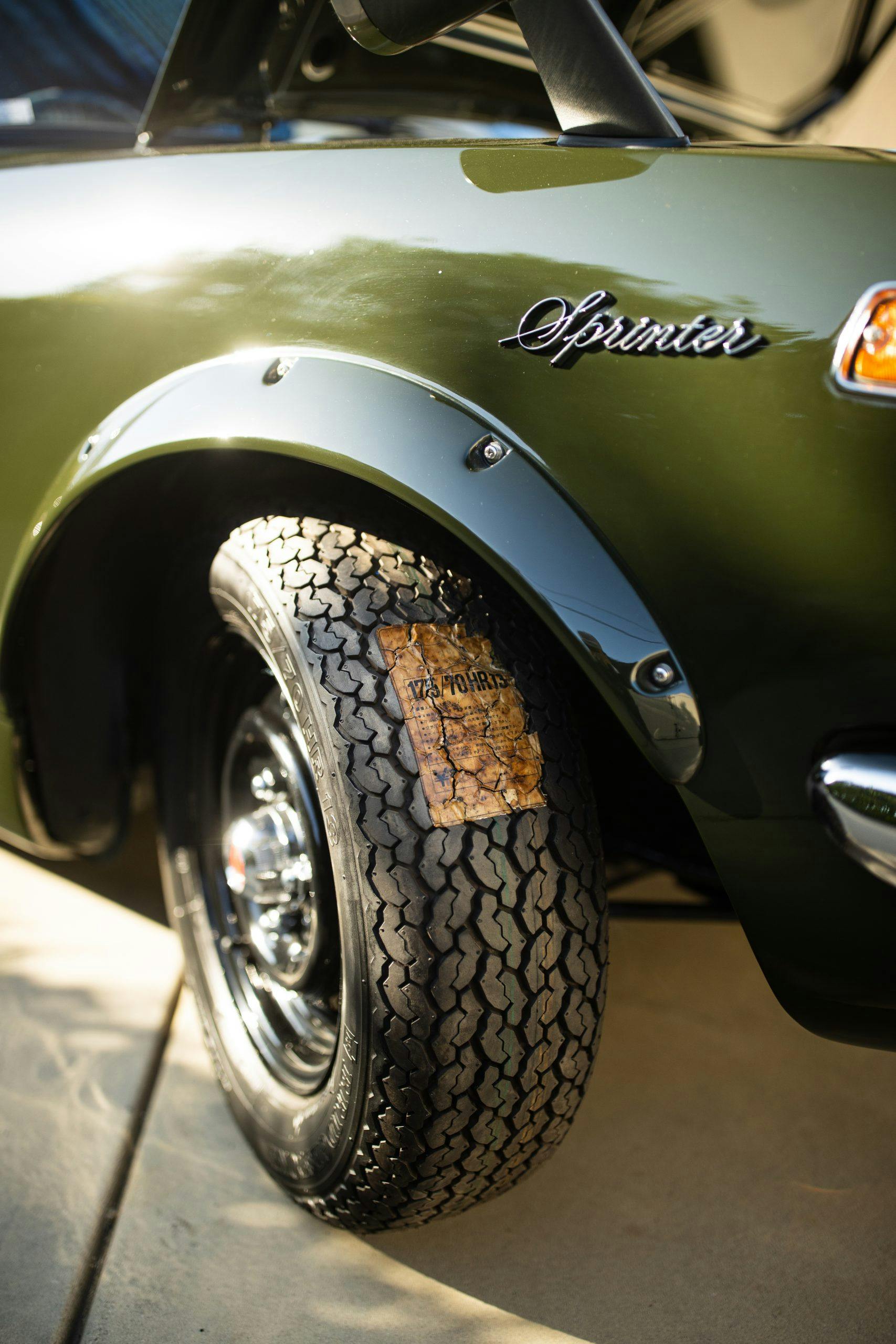
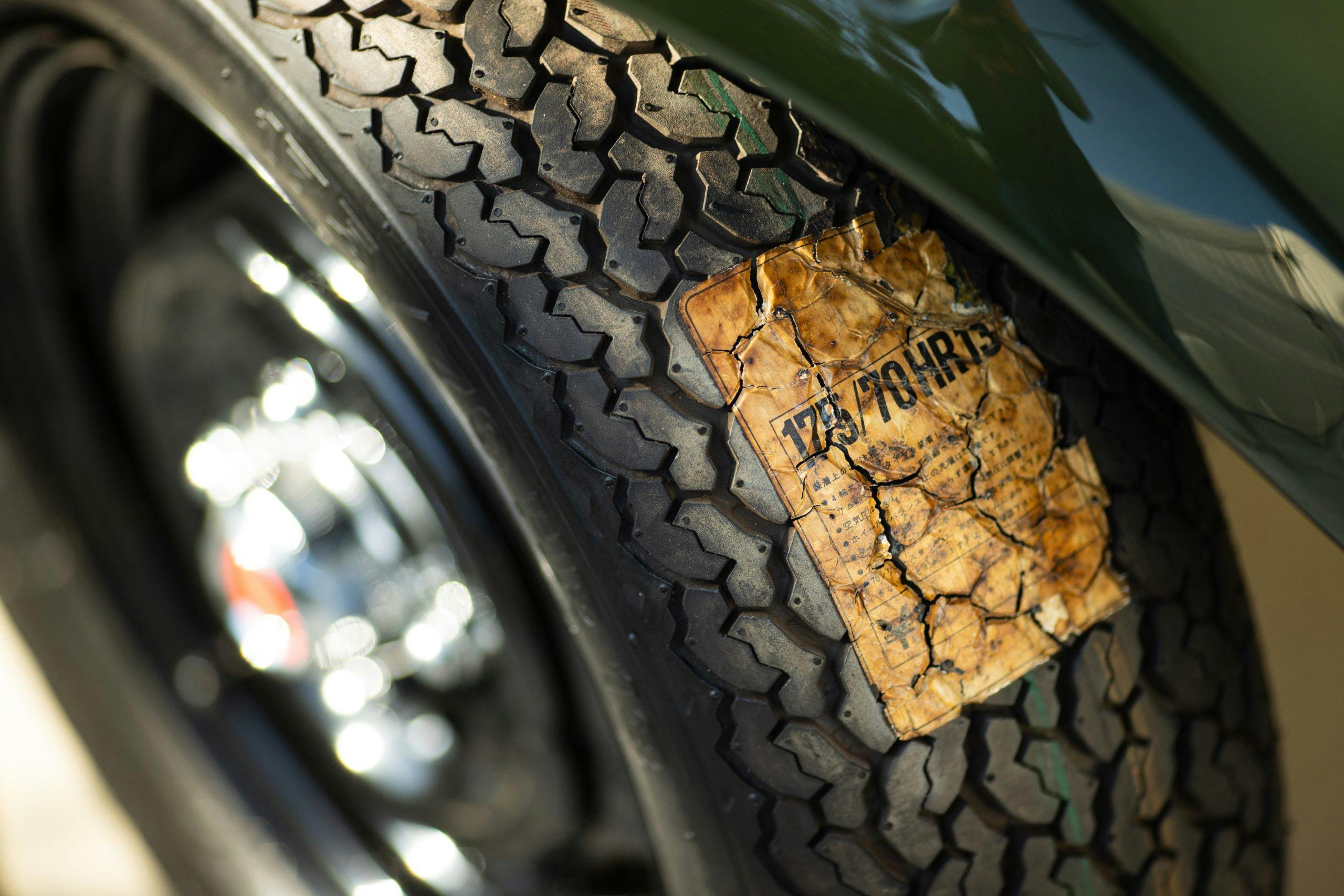


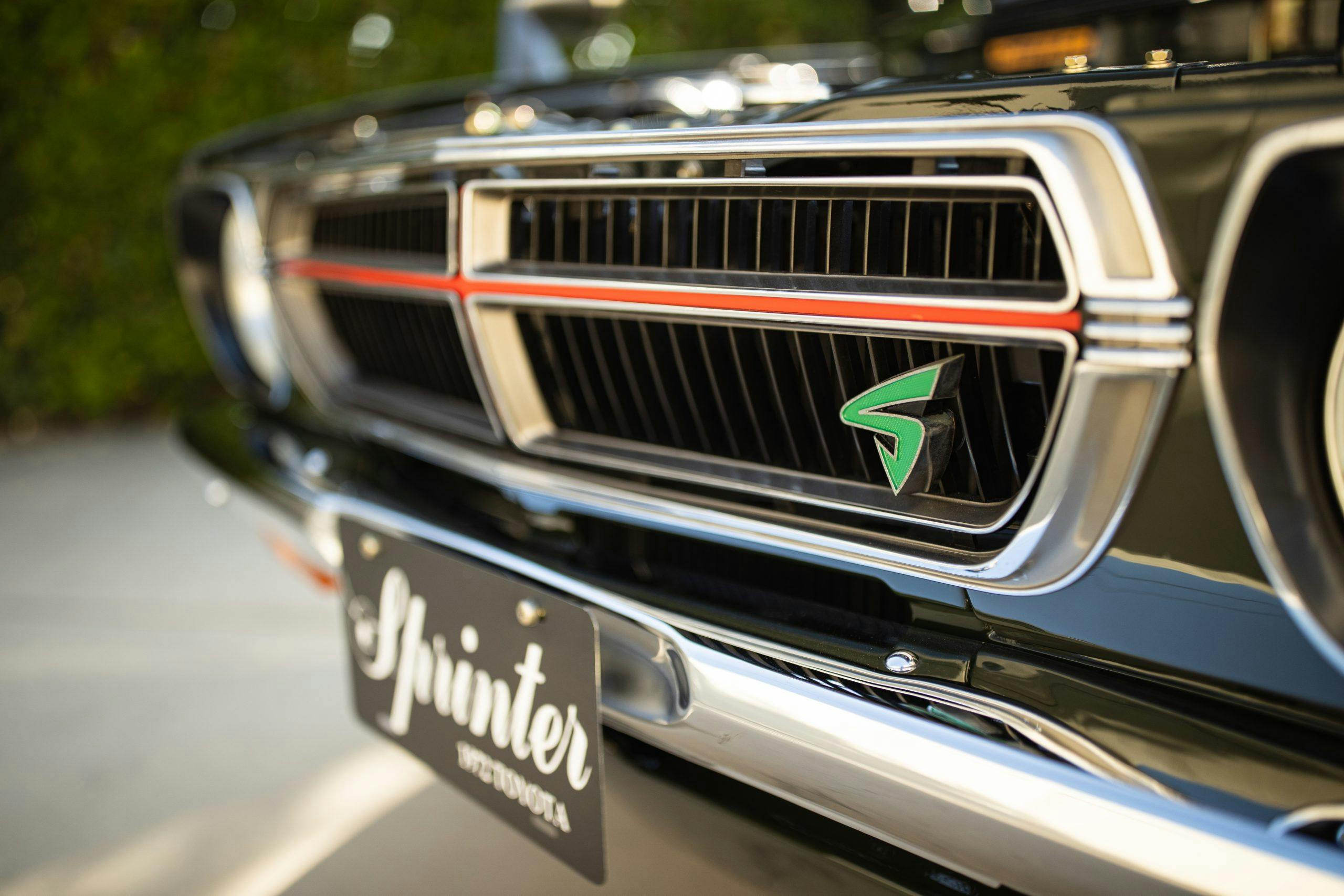
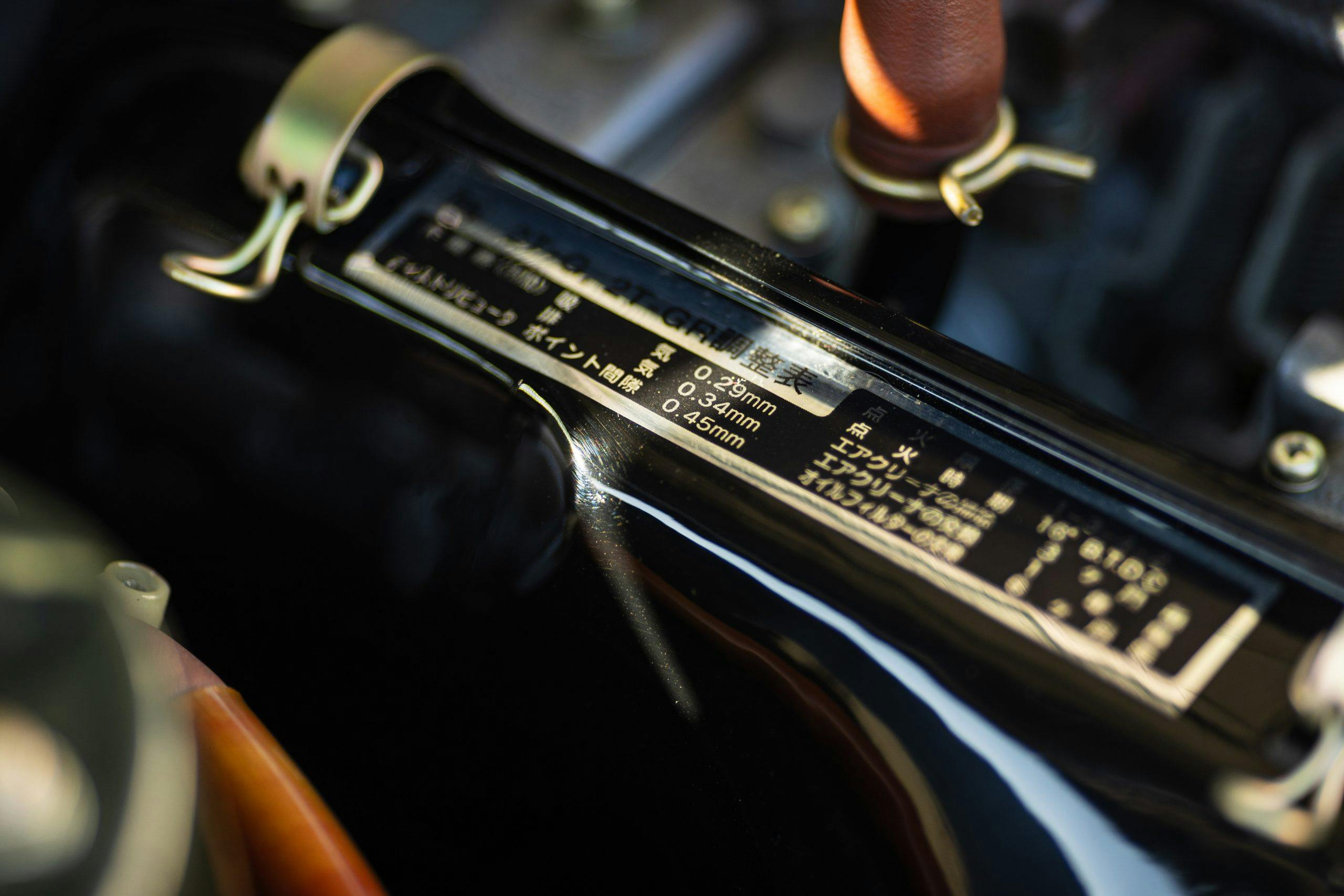
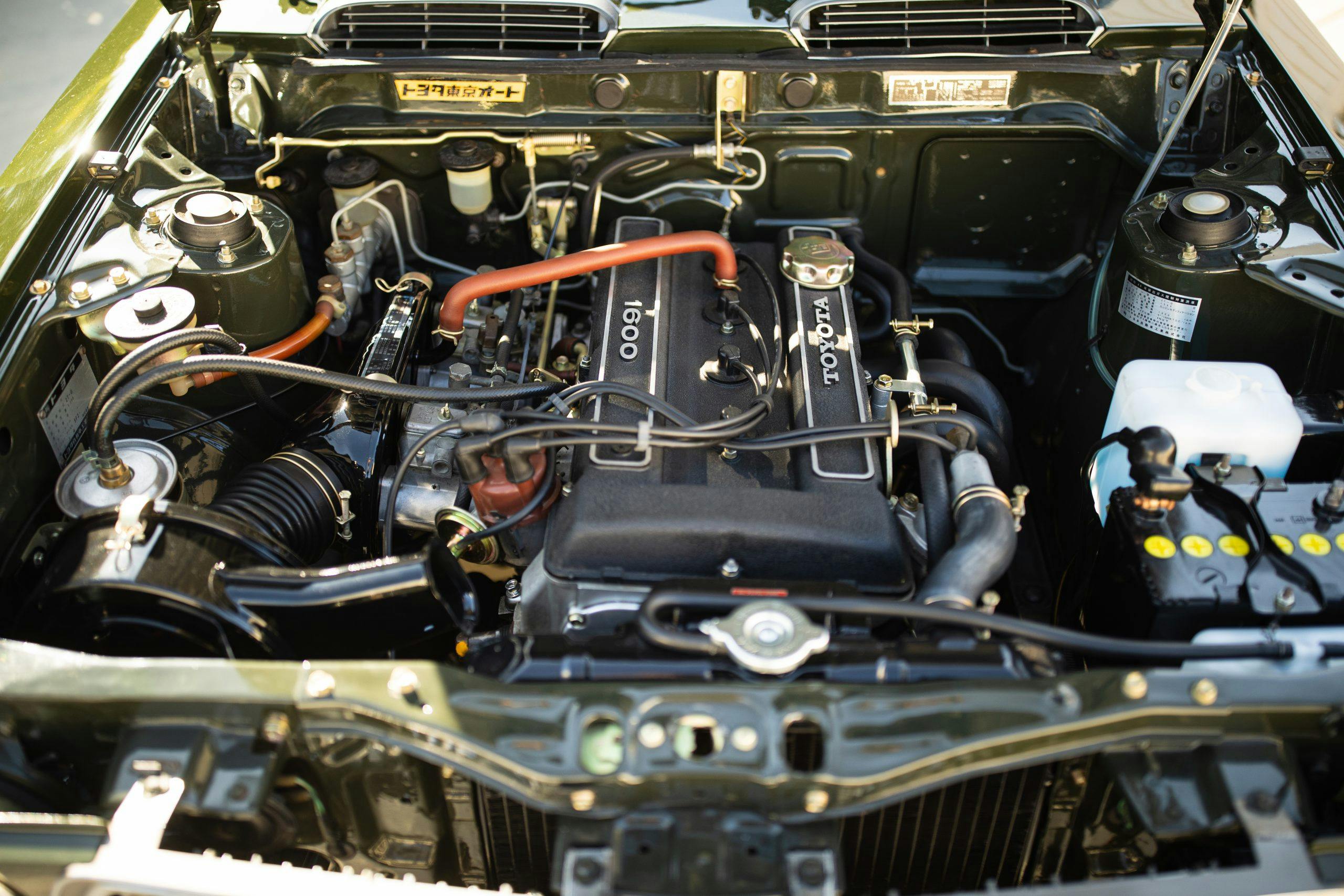
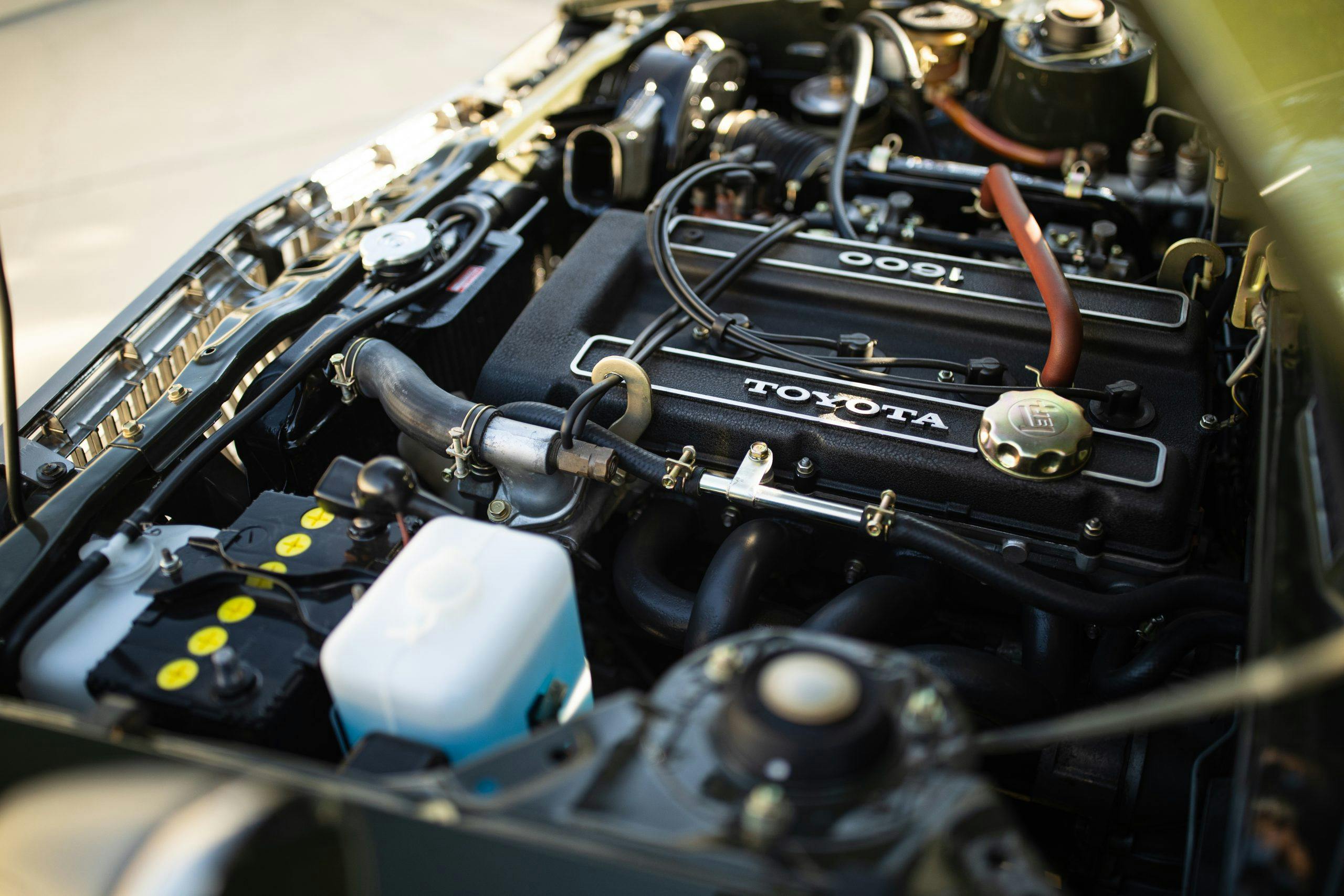
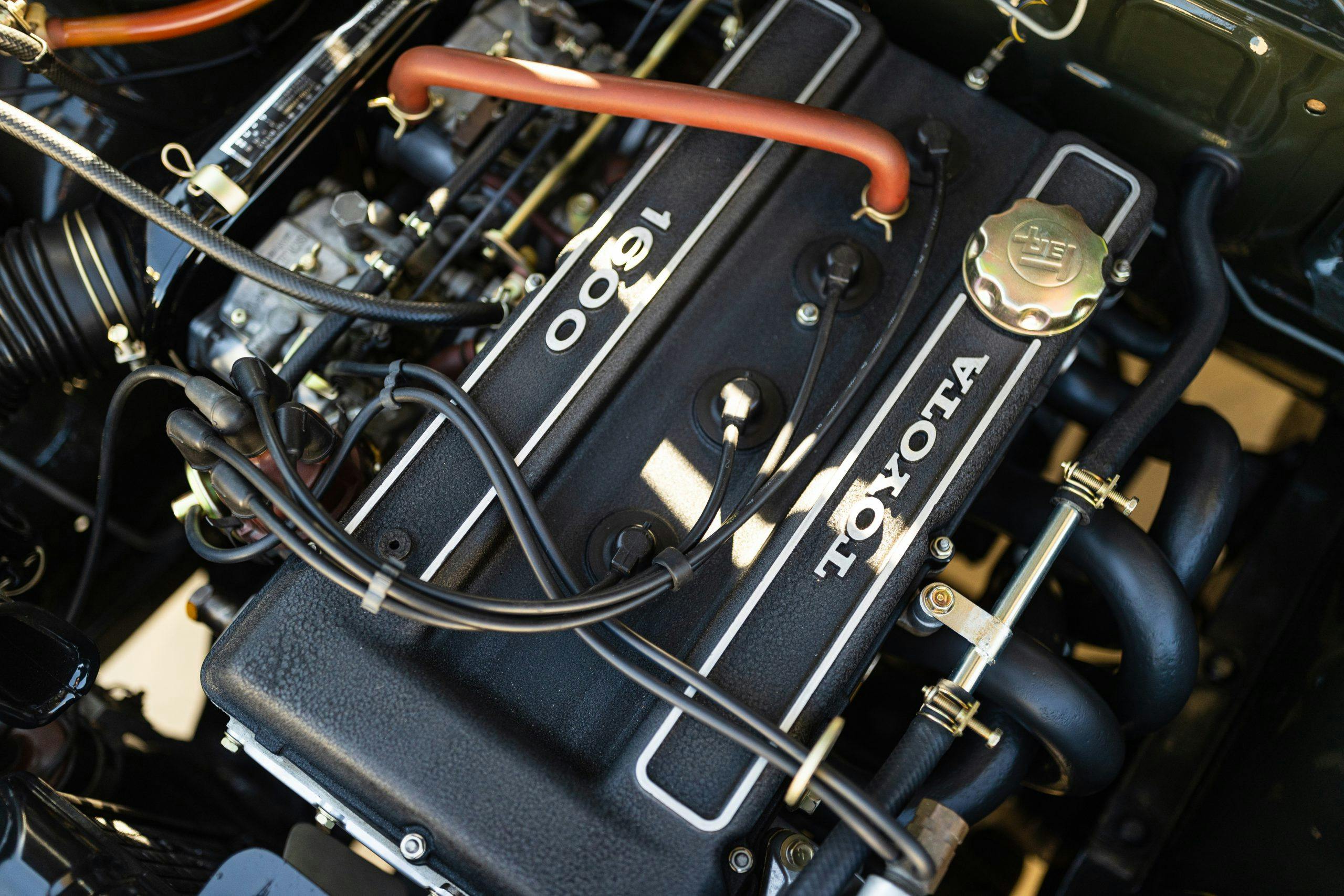
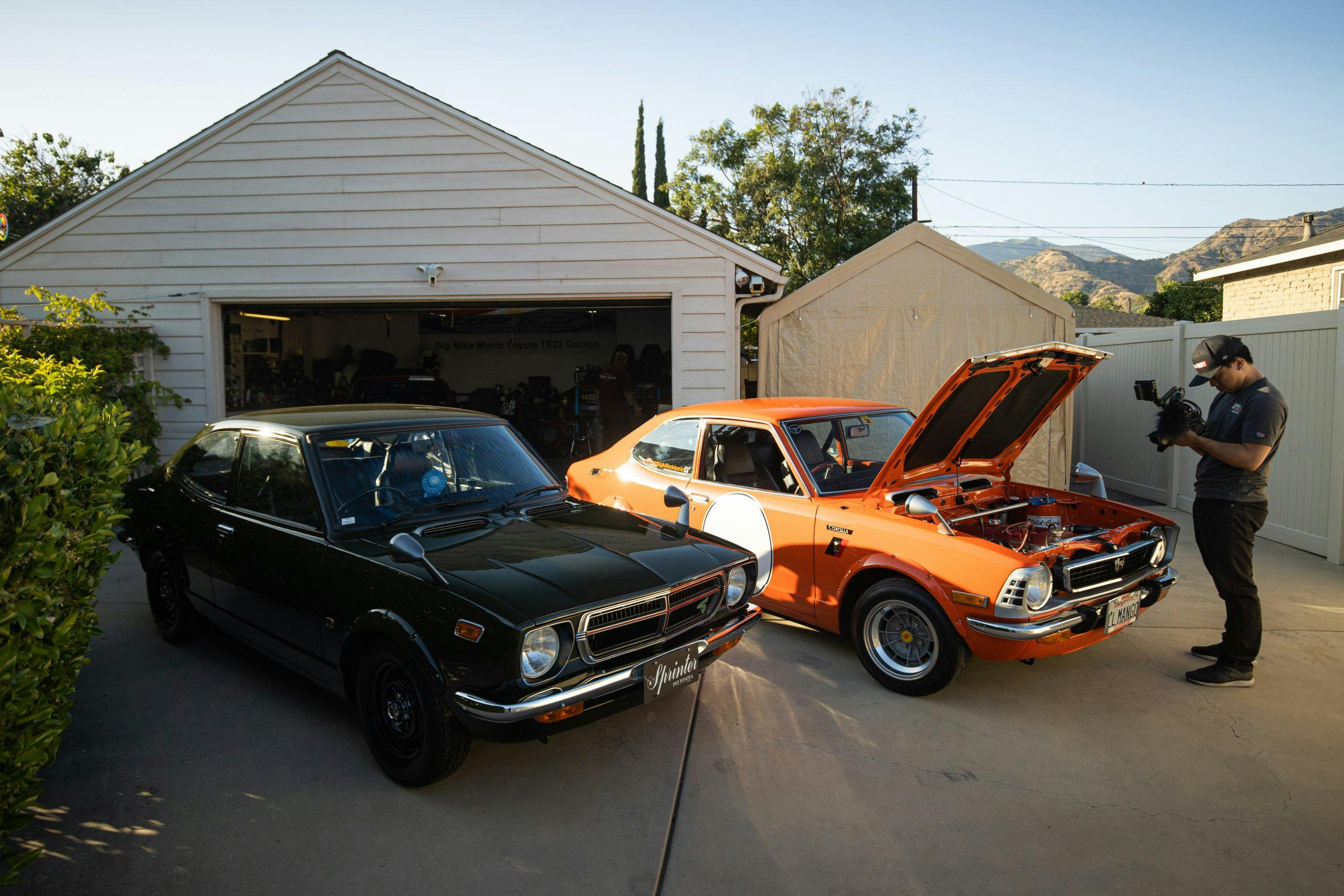

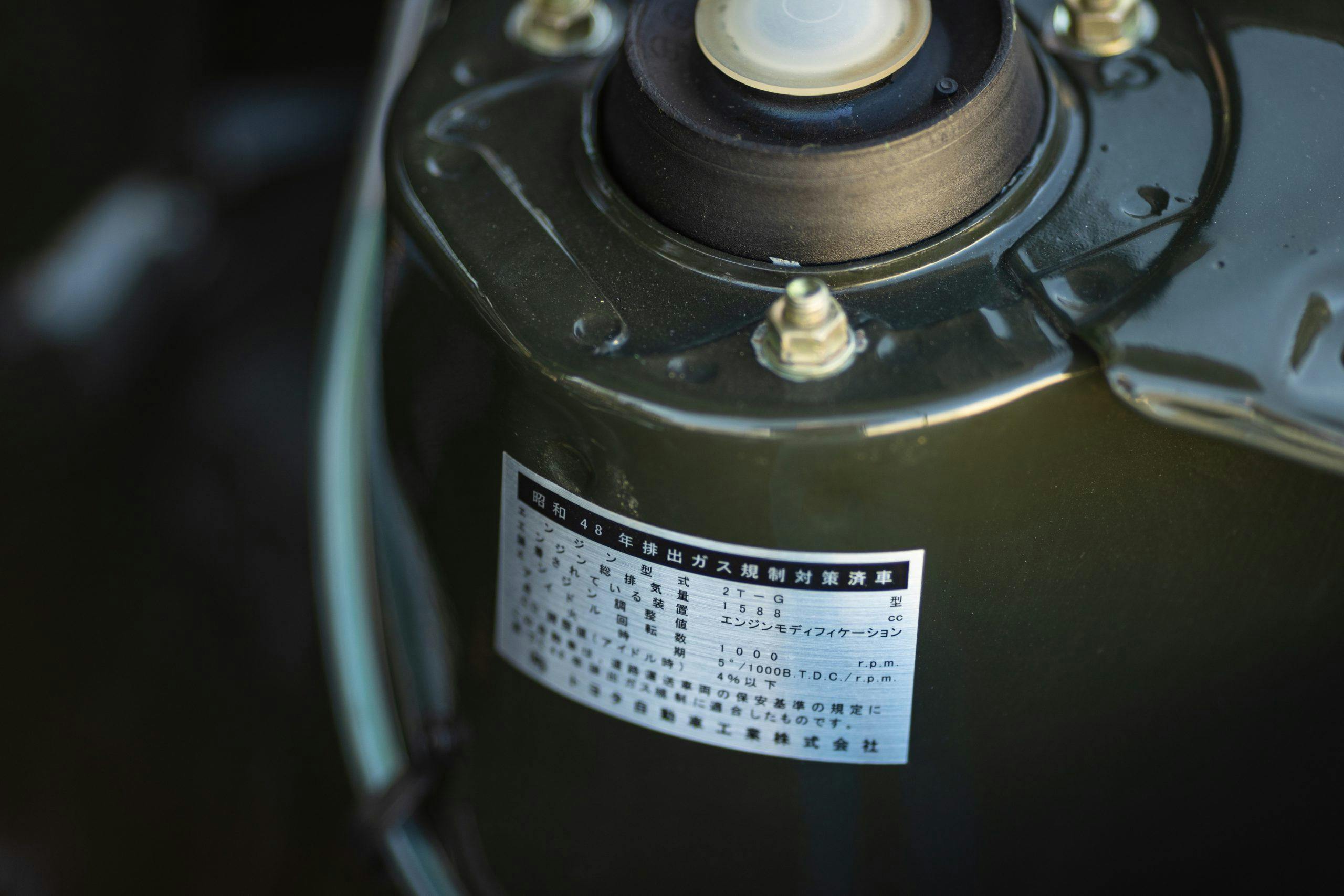
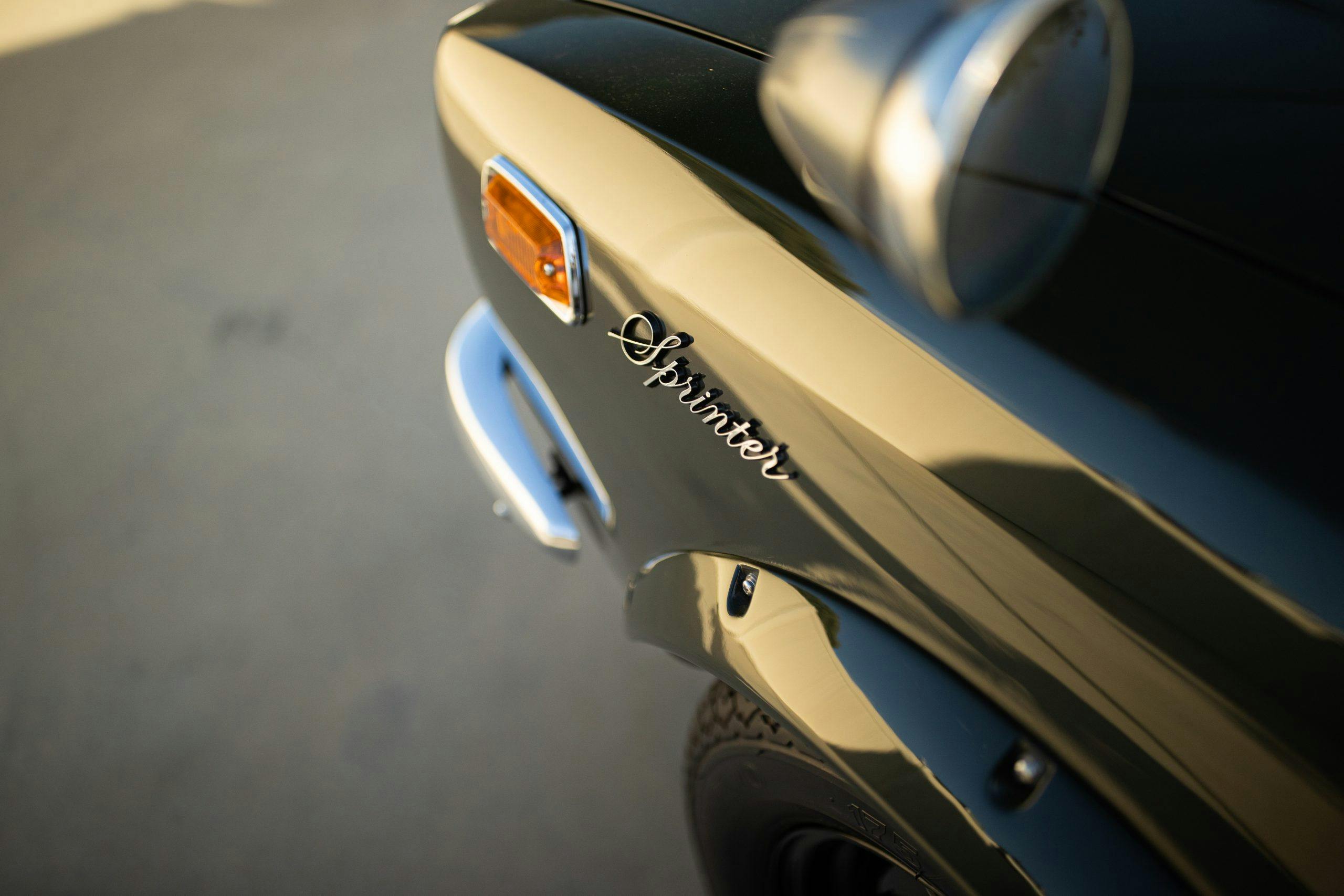
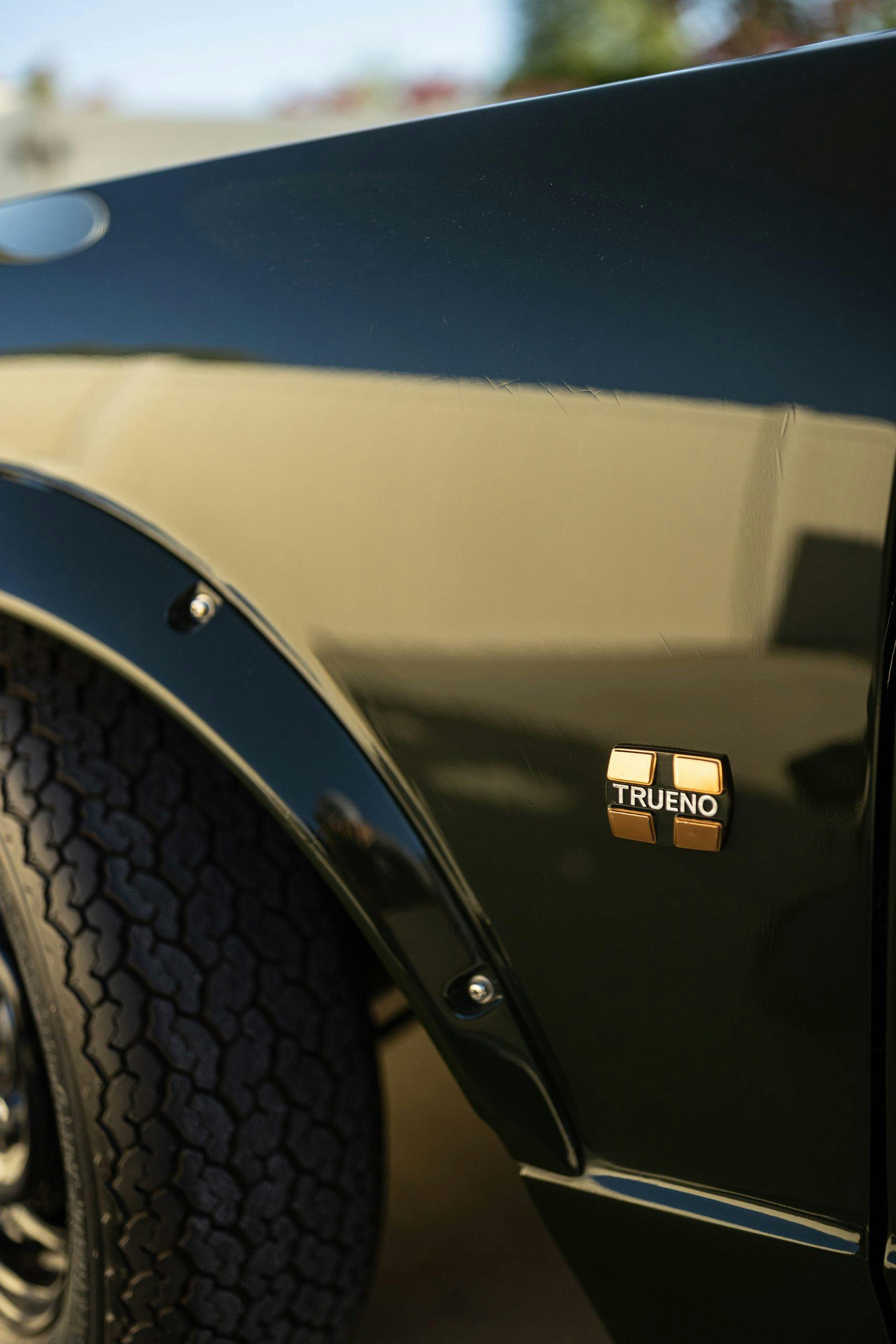
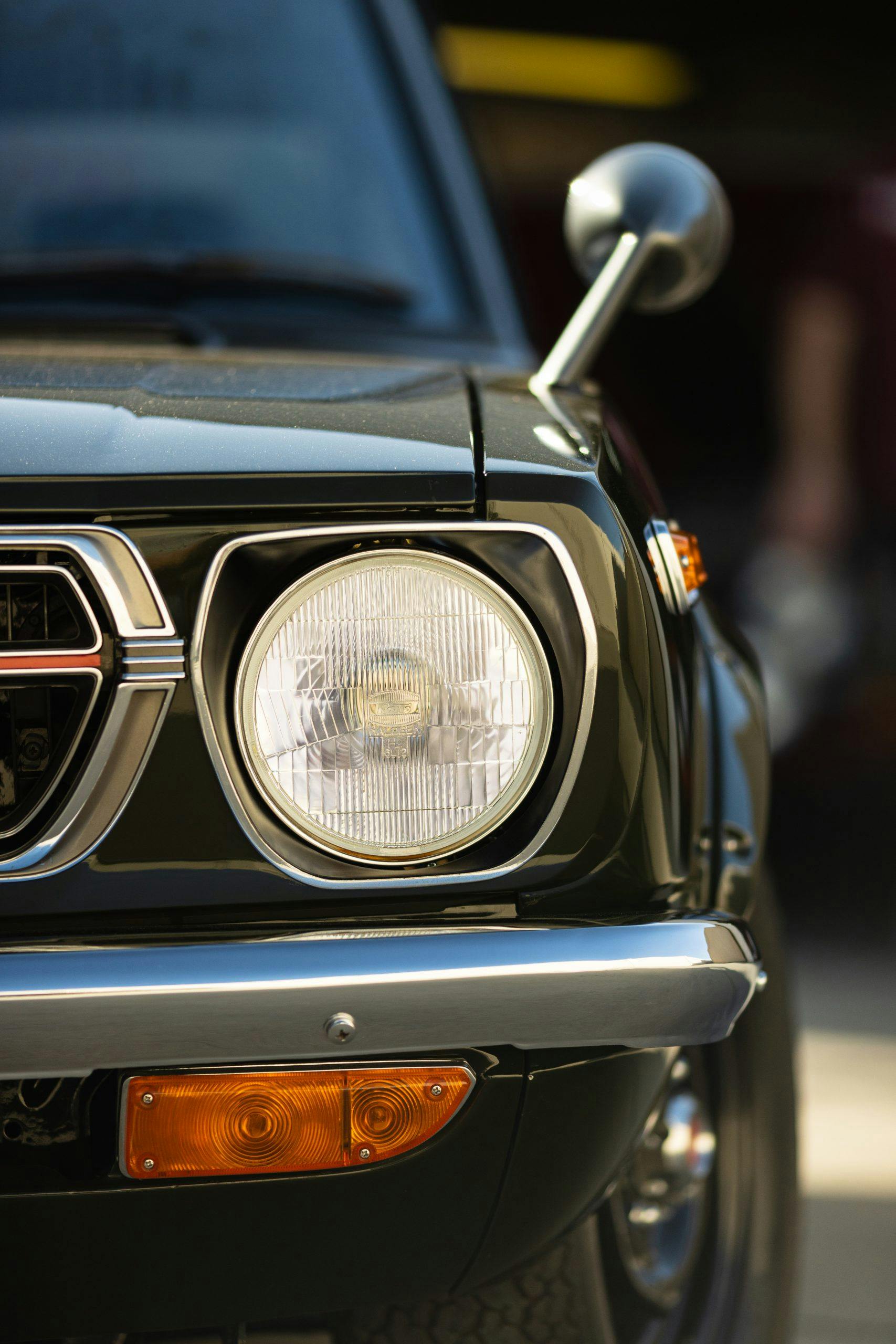
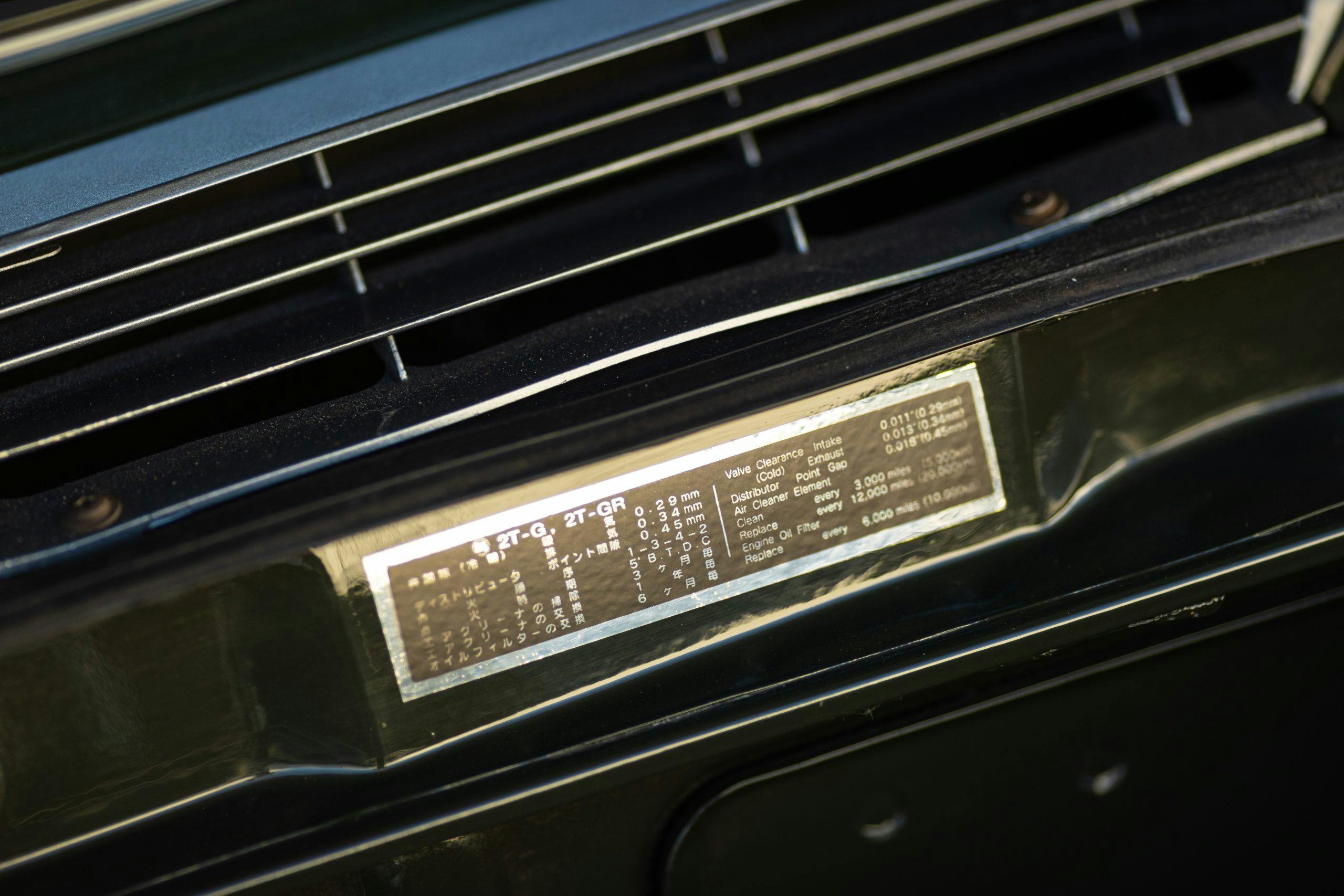
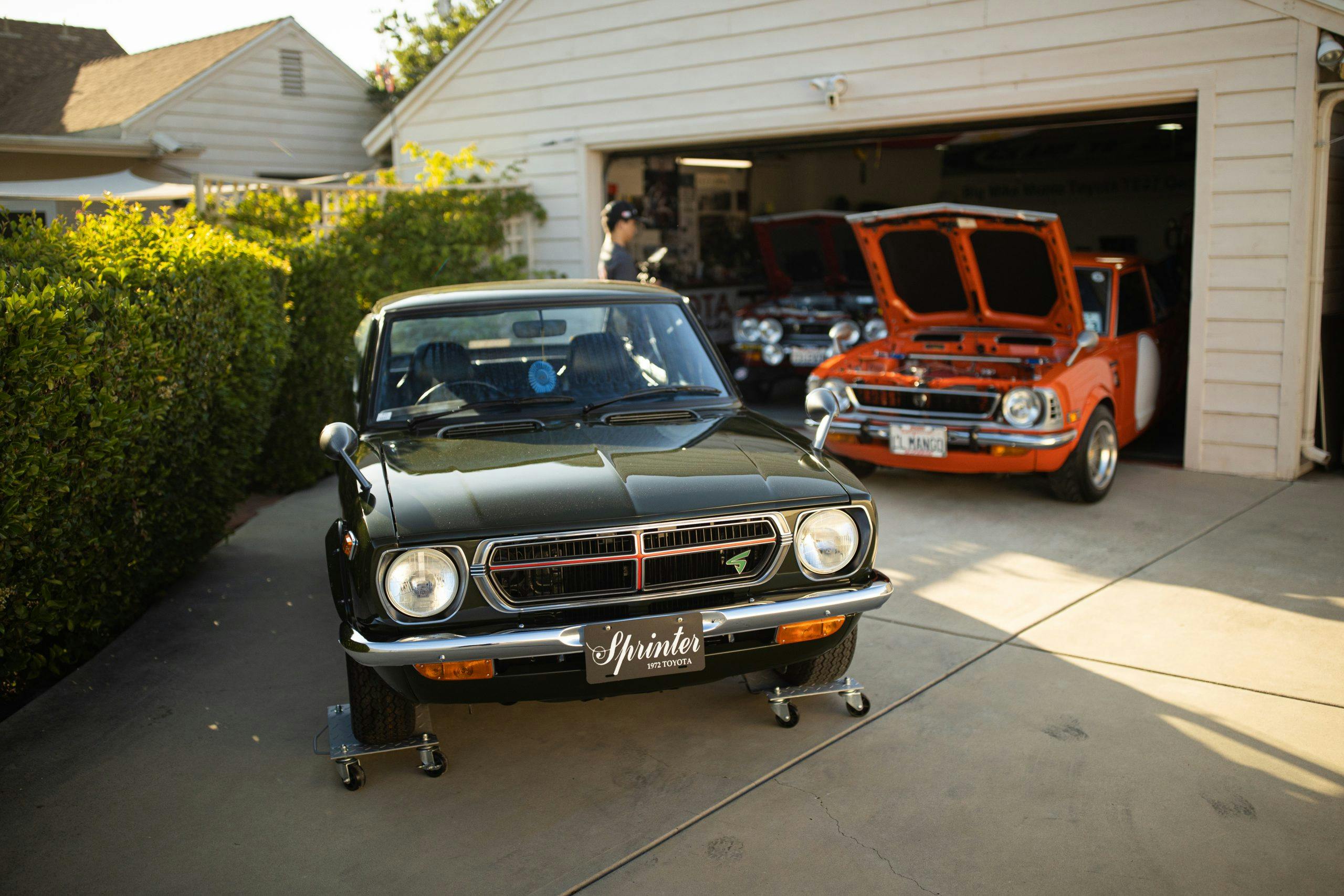

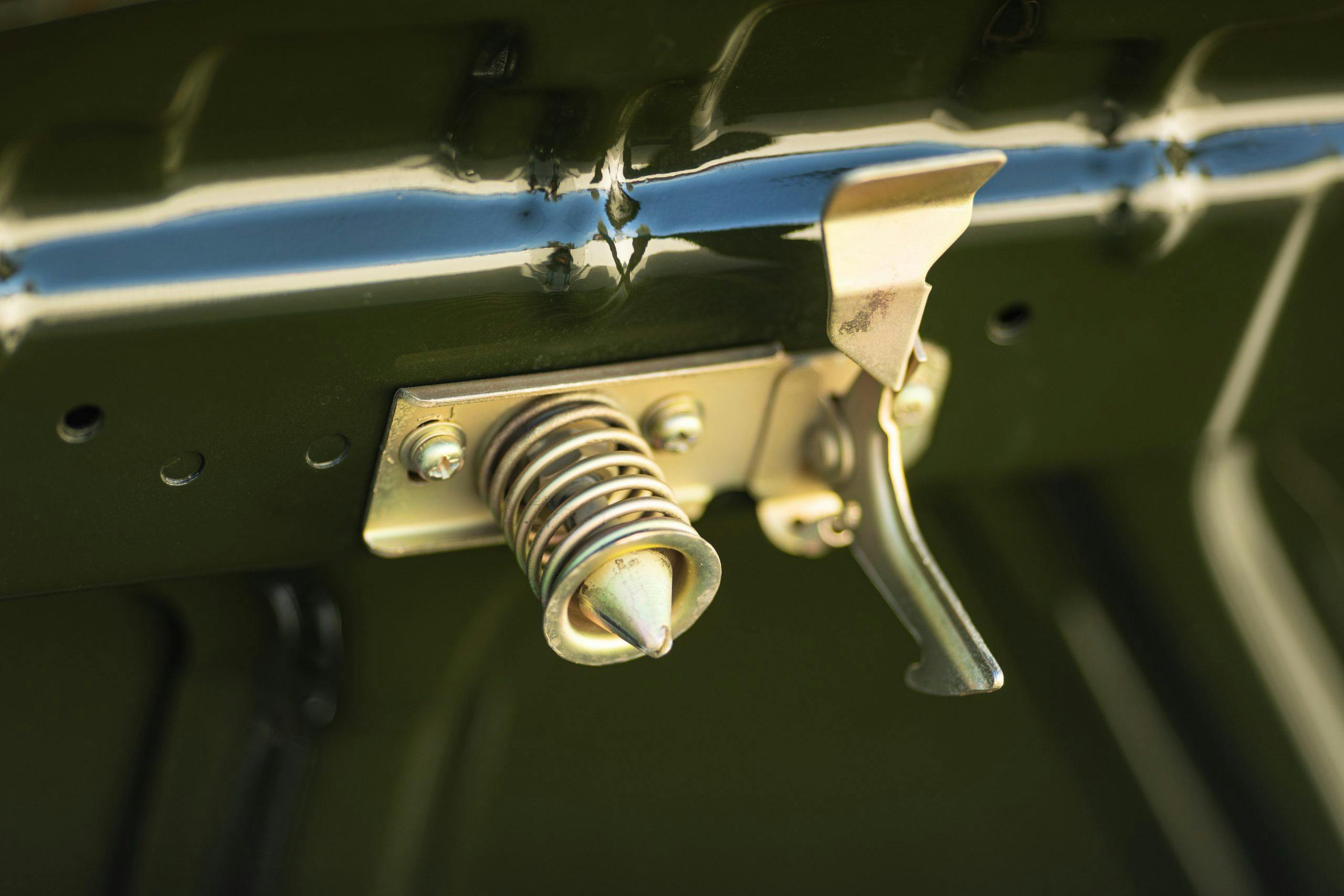
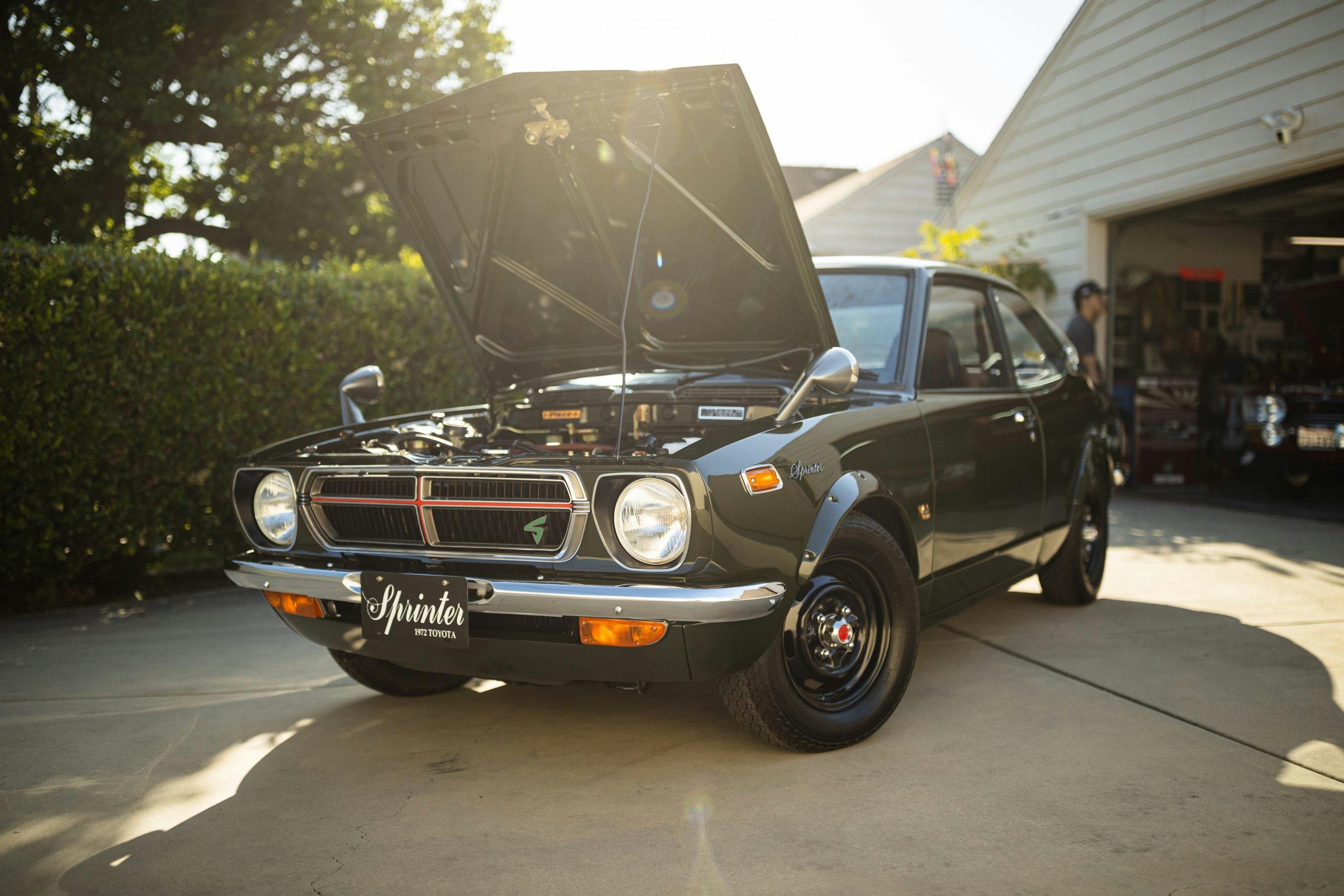
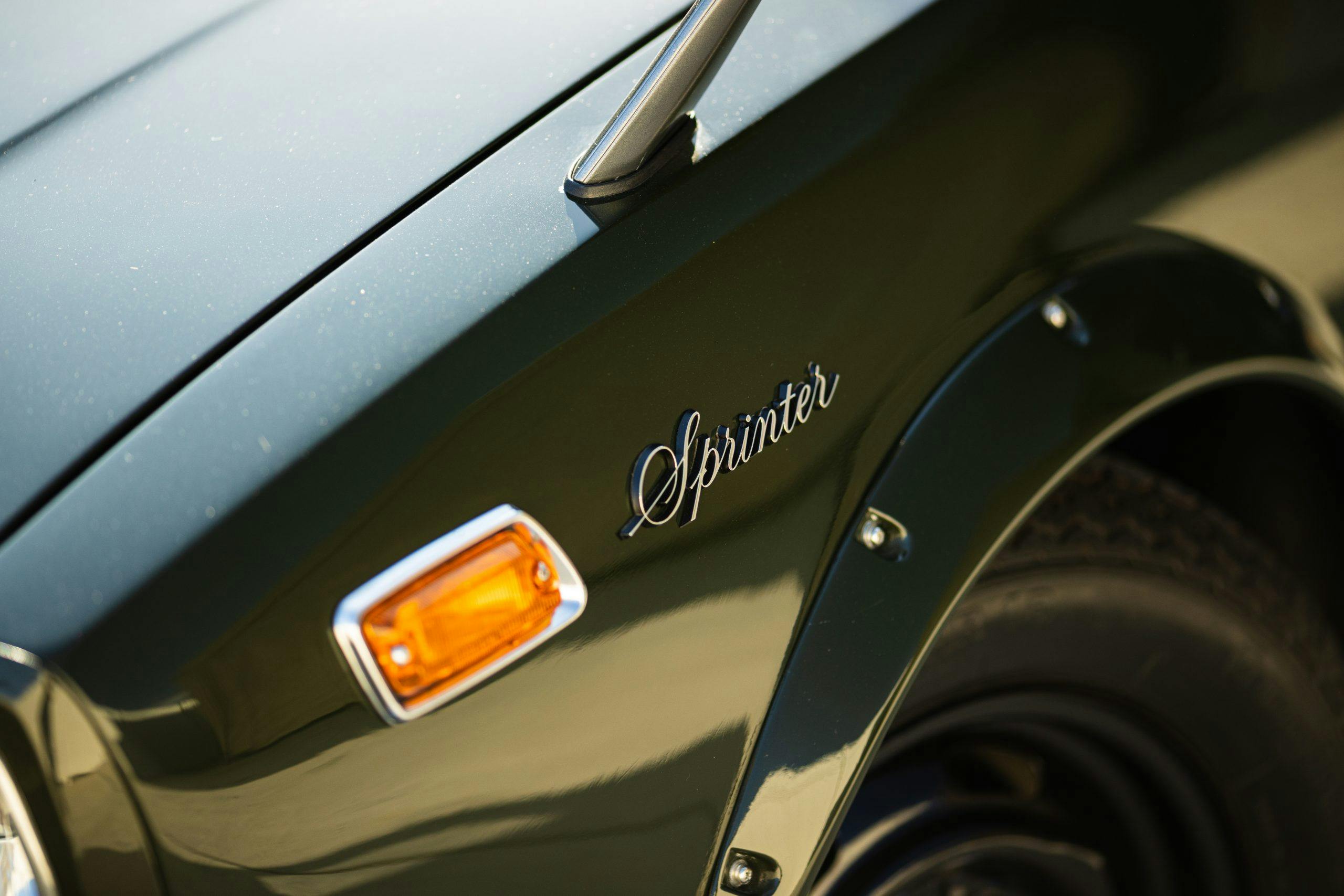
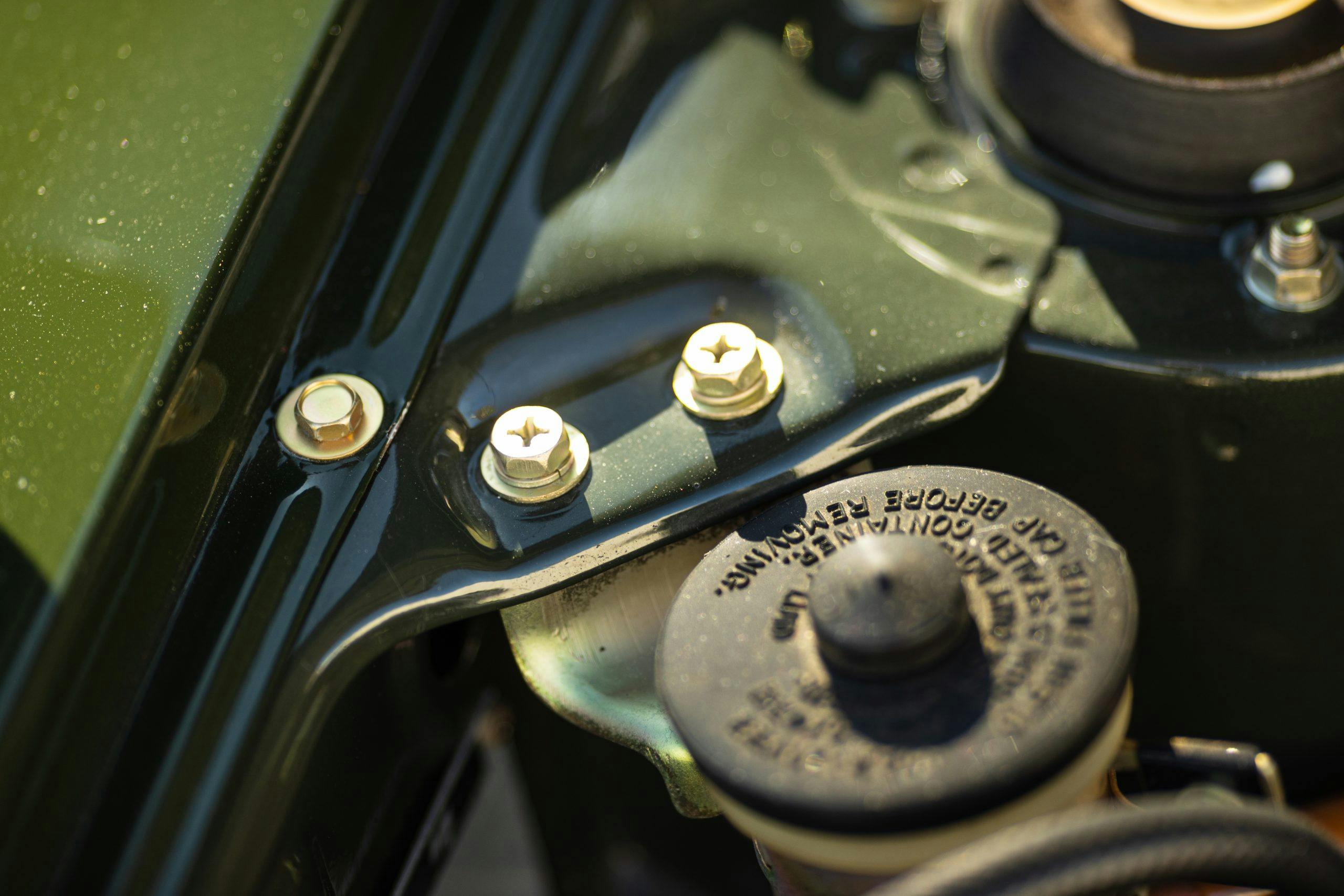
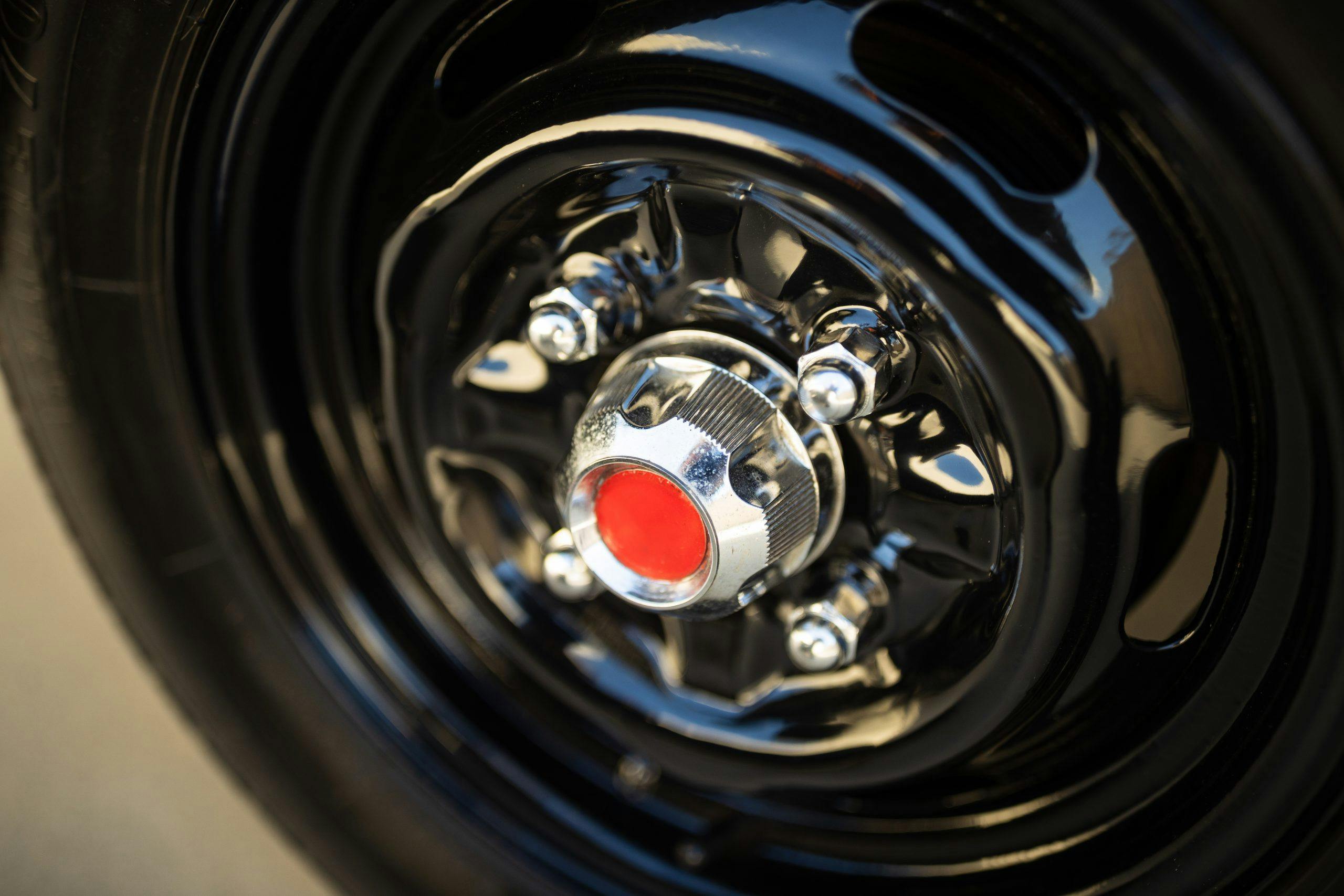
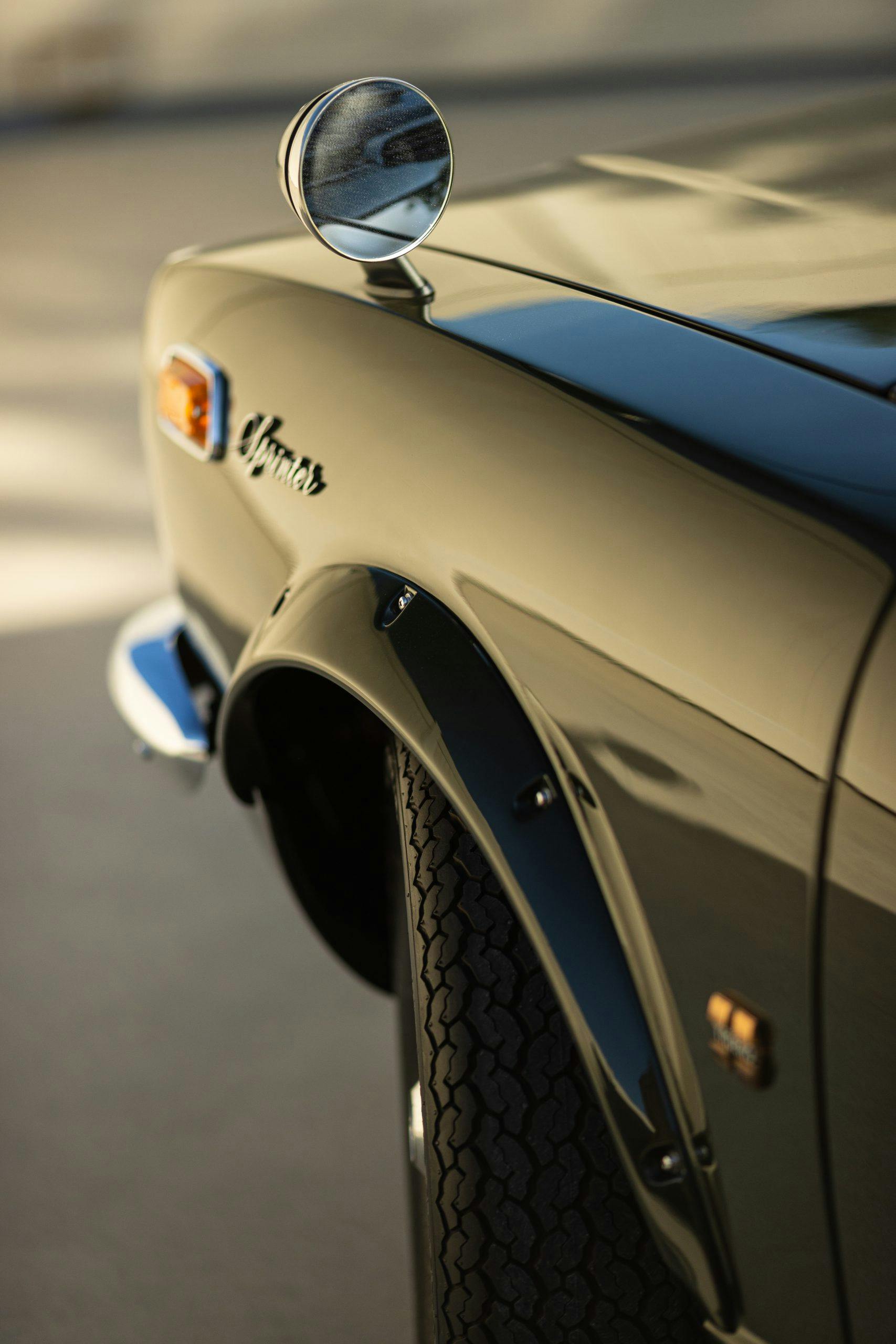
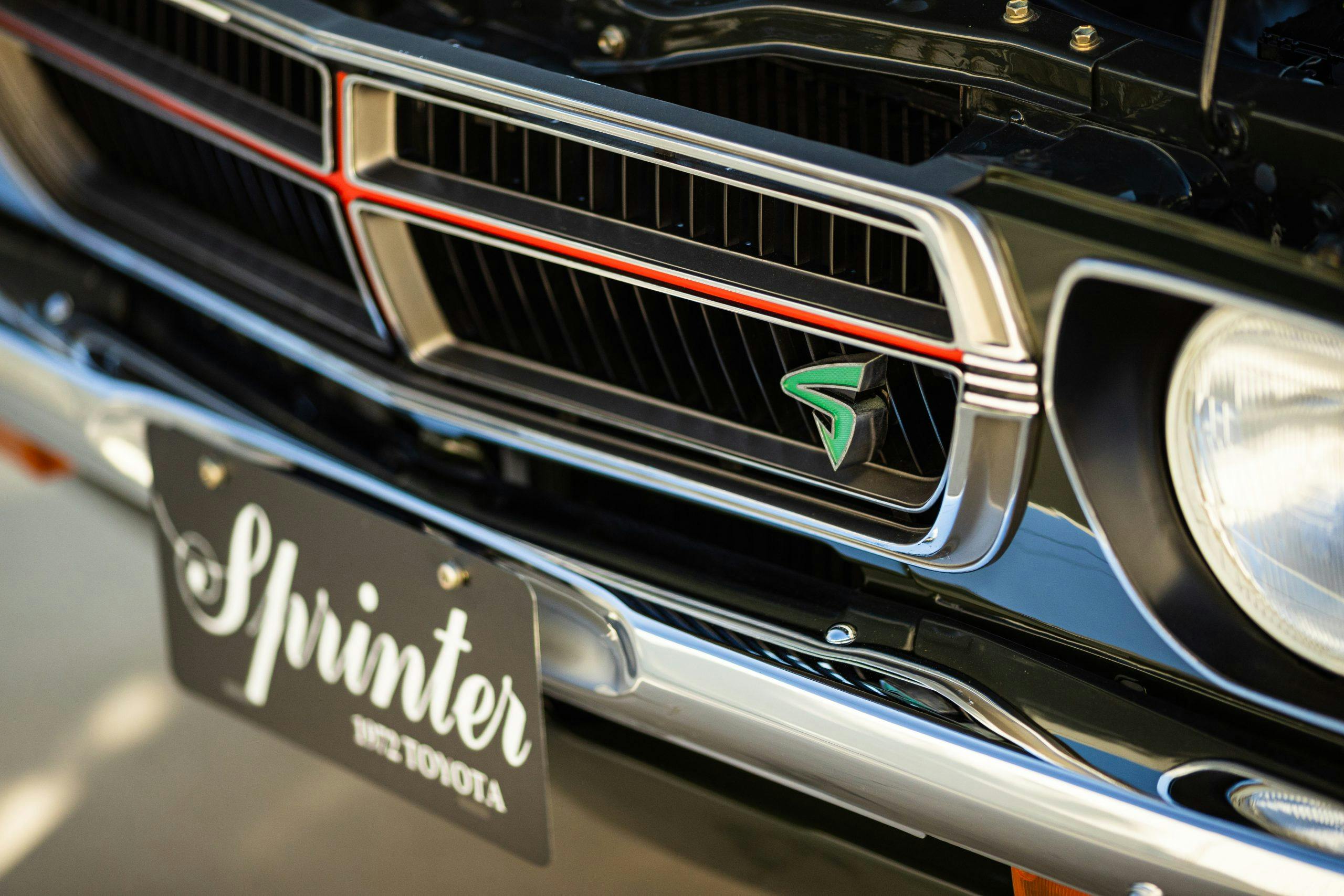
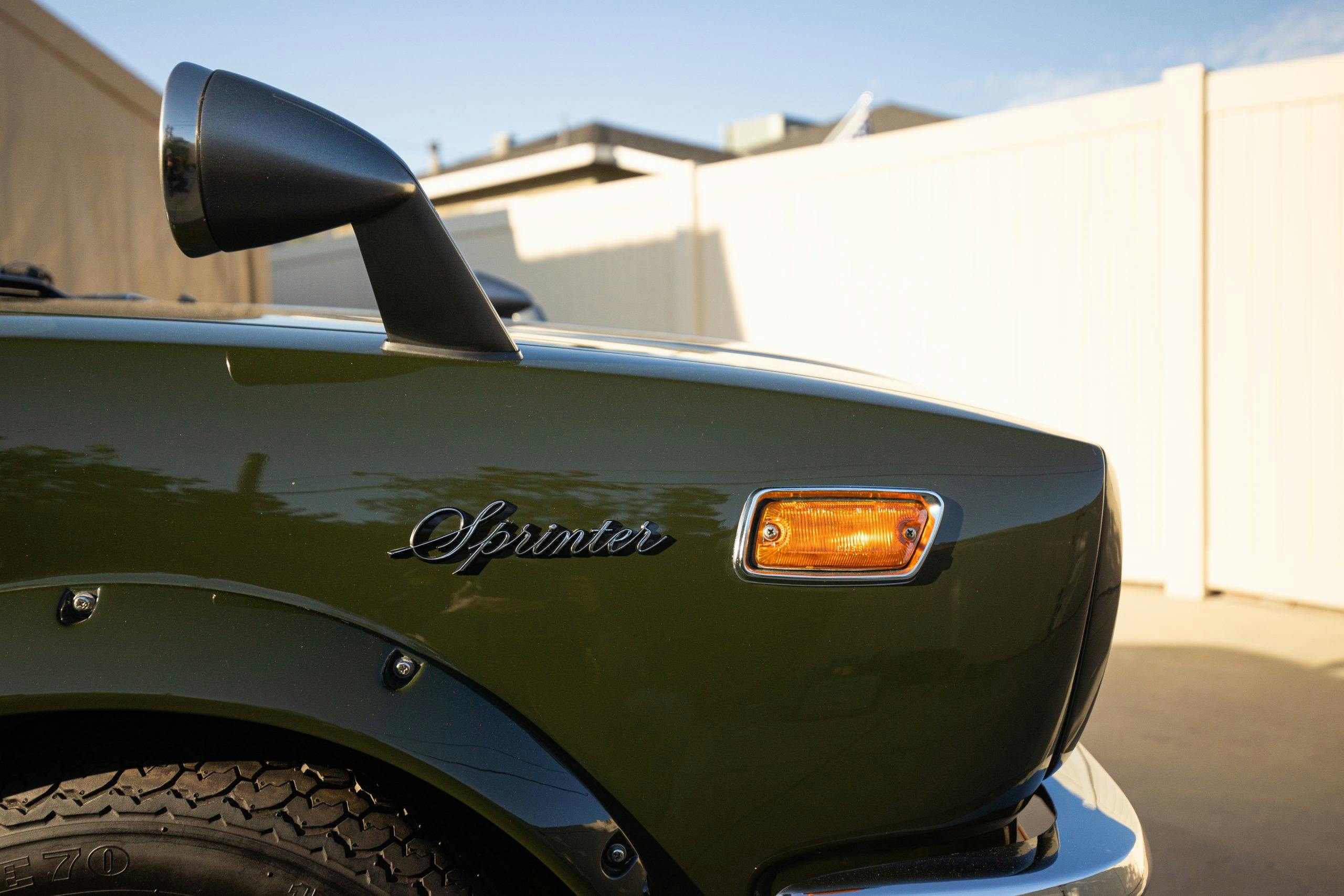
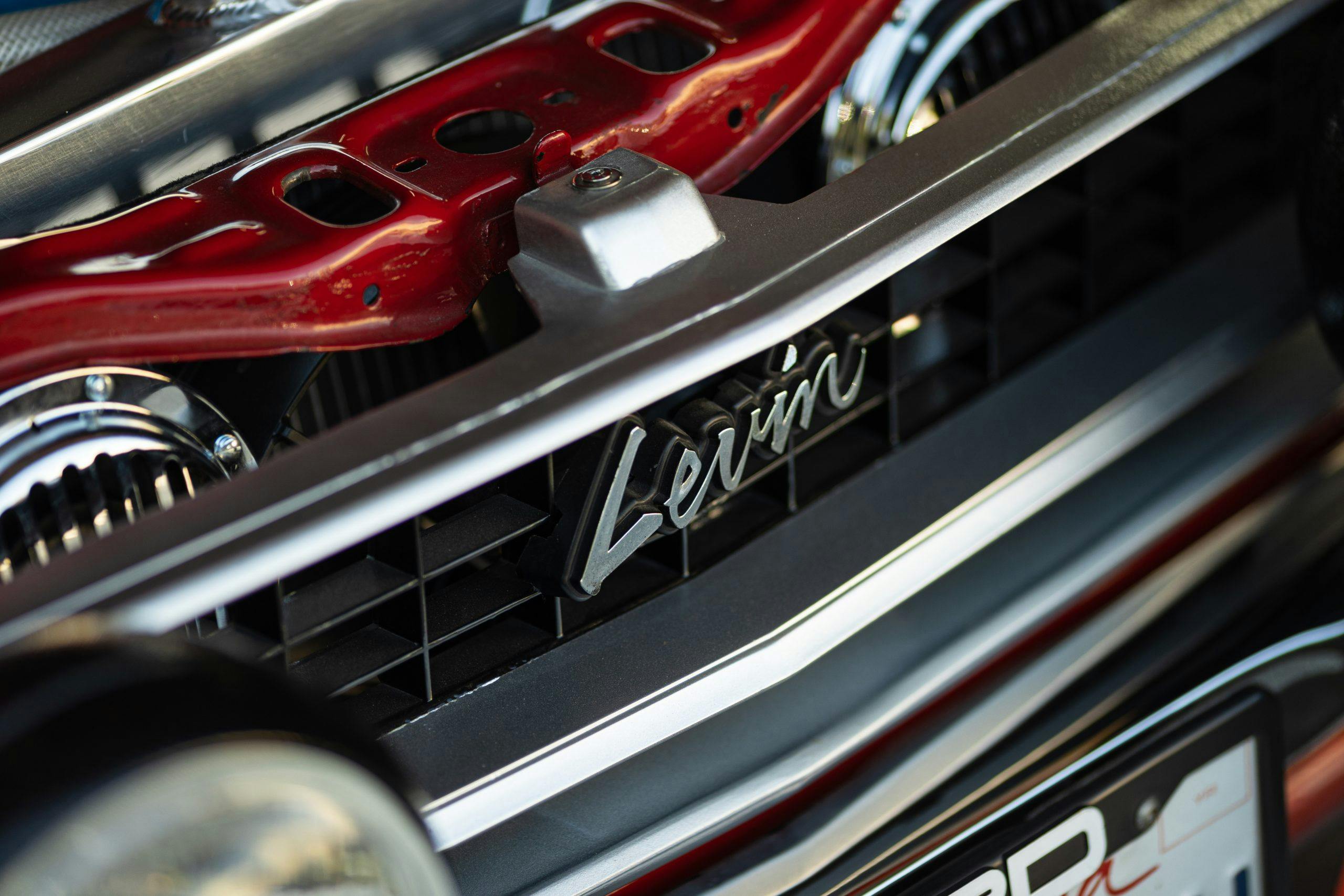


Thank you so much for the excellent write up about one of my TE27’s in my collection. Not a surprise… All my classic cars are insured by Hagerty!